| Address: | Panchavati, Nashik, Maharashtra |
|---|---|
| How to go: | Nearest station: Nashik Road Railway Station (NK), about 11 km from Panchavati. From major cities like Mumbai, Delhi, Pune, and Bengaluru, you can board a train to Nashik Road. Buses start from the depot just outside Nashik Road station. Typical numbers include 245A, starting around 5 AM, running every 10–30 minutes until about 9–10 PM. |
| Pros: | Communication, transportations, availability of hotels, market, restaurants |
| Cons: | Nothing such |
| What to visit ? | |
| Company: | Solo, family, friends |
| Minimum day/time to visit: | 2 full days |
| Locality: | City |
| Expenses: | It is a nominal cost you need to bear while visiting Panchavati and Tapovan |
| More Information: | Here I am today to explore Panchavati which is deeply connected with Ramayana. More precisely the place where Shri Ram, Laxman and Sita mata spent their exile in forest or you can say Bonobash. Yes this is the same Panchavati through which I have reached to Trimbak from Nasik road railway station. First thing which will catch your attention is this golden orange temple. This is the temple of Shree Yashwantrao Maharaj Sadhu Dev Mamledar who used to be a revered saint from Maharashtra and known for his selfless act towards poor people. He was also known for his deep devotion to Lord Dattatreya, incarnation of three faced Brahma. To be very precise there are two parts in Panchavati. 1 is Godavari surrounding ancient temples. 2 is Ramayana related temples. So I decide to make Panchavati video in 2 parts so that it will be easier for you to make your itinerary. Panchavati is a super religious place. Numerous old temples are scattered throughout the city. But once you step down, you will first try to visit Ramkund which is the confluence of Aruna, Varuna and Saraswati river. Whoever comes here, doesn’t miss taking a dip into the holy Ramkund. Before start exploring Godavari let me inform you, take hotels near Godavari itself. It will be easier for you to explore the area in the morning as well as evening. I will surely recommend one to explore Godavari early morning and take a deep into that then start exploring other temples. When I do pilgrimage, every time I notice I lost myself on the same ground. The best part I get out of it when I observe the devotion of Indian people towards our beloved god and goddess. I feel like yes this is my India. When I start exploring Godavari around 7 in the morning, I found most of the temples are closed. They said around 8 it will start opening. So I started exploring the banks. That’s when I found out, Godavari ghat is also decorated with incredible mythological graffiti which one can never miss. This is also the place where people come to perform Shradha rituals in a great manner. You can see the crowd all over, all are performing Tripindi Sraddha bidhi for their ancestors. Trust me early morning Godavari will give you the most divine vibes which will bring peace in mind. The place has its own fragrance which can heal someone spiritually. You can sit back and meditate to boost up your day. I loved the vibes so much that for a moment I forgot that I have less time in hand and have to explore other temples as well. There are few Godavari mandir on the banks where daily shringer and puja is performed. In few places It is said we should not watch shringer of deities but I feel nothing wrong in that. I notice one more thing while doing pilgrimage. I feel really energetic and blessed by Mahadev when I walk alone in any religious place. I feel he always takes care of my move and gives right directions what to do and what not to. At the end of the day I have peaceful sleep with his blessings. I have visited many Shiva temple and found one unique thing here in Nasik. Along with Nandi maharaj, all temples placed Kurma avatar of Lord Vishnu in front of Shiva Lingam. When I asked them the reason, they said it is considered as the holiest combination of two great god. Naroshankar temple The temple is dedicated to Lord Shiva. One of the main feature of this temple is a massive bronze bell on the entrance of the fortification. A leader from Peshwa regime, Sardar Naroshankar Rajebahadur made the command to Marathas to bring it back from Vasai fort as a symbol of victory over Portuguese. The temple is Constructed from black stone, it stands on a raised platform and features ornate sculptures on its exterior walls. These carvings depict a variety of motifs, including peacocks holding bead garlands, saints in meditative postures, and a procession of animals like lions, elephants, and monkeys, symbolizing the interconnectedness of all life forms in Hindu philosophy. Once you go inside, you will be mesmerised by the inner wall decoration along with the curving present in the ceiling. The temple comes under Maya architectural style which refers to richly symbolic, elaborately carved, and philosophically inspired form of temple architecture.This reflects the Maratha-era aesthetics combined with Hindu spiritual themes of illusion and divine presence. The Shiva lingam inside is pretty big and forms a divine vibes inside the sanctum. I was lucky enough to be a witness of the morning Aarti that day. Kapaleshwar Mahadev temple As per the Padma Purana, narrated by Rishi Markandeya, Lord Brahma had five faces. Out of those, four were used to recite the Vedas, while the fifth was used for criticism and expressing jealousy. Once, he insulted Lord Vishnu through his fifth face. Enraged by this, Lord Shiva snatched the Brahmastra from Brahma’s hand and cut off his fifth head. Later, Lord Shiva realized that he had committed Brahma Hatya (the sin of killing a Brahmin or creator), and to atone for this sin, he came to Panchavati and took shelter in the house of a Brahmin named Dev Sharma. Dev Sharma had a calf named Nandi and its mother. One day, Lord Shiva overheard a conversation between them. Nandi was telling his mother that one day it would kill Dev Sharma because of the torture he inflicted. However, its mother warned Nandi not to do so, as it would be considered Brahma Hatya, just like the sin committed by Lord Shiva. Nandi replied that he knew how to atone for the sin of Brahma Hatya. Eventually, one day, Nandi killed Dev Sharma with his horns and turned black. To absolve his sin, he took a dip in the Godavari River at Ramkund and turned white again. Lord Shiva witnessed the entire event and followed the same path to free himself from the sin of Brahma Hatya. At that time, Lord Vishnu descended to Panchavati, and in the presence of other Devtas, established the Kapaleshwar Shiva Lingam. You will be amazed to know that, since Nandi was the one who showed Lord Shiva the path of penance for such a grave sin, Lord Shiva regarded Nandi as his guru. Following this tradition, Kapaleshwar Temple is the only Shiva temple on Earth where Nandi is not present sitting in front of Lord Shiva. Shri Goreram Mandir Shri Goreram Mandir was built entirely with teakwood by Shrimant Muthe over 200 years ago during the Peshwa period. It stands as one of the finest examples of Hindustani architecture. The Murti (idol) of Shri Ram in this temple is made of white marble, which is why it is called Goreram—symbolizing happiness and freshness in divinity. Within the temple premises, there is also a shrine dedicated to Shri Vishnu, also known as Satyanarayan Bhagwan. As you step into the temple, you are likely to experience a sense of inner peace, due to the positive and serene atmosphere. Shri Kalaram Mandir Next, I headed towards Kalaram Mandir, which is considered one of the main temples in Panchavati. This temple is located within walking distance from Ramkund. The journey of Lord Ram during his exile was not easy. It took great effort to stay in one place for a few days and then move to another, all while protecting Sita and his brother Laxman. Following the advice of Sage Agastya, Lord Ram decided to stay in Panchavati. The significance of this temple lies in the belief that Lord Ram stays almost 2 and half years in this temple area during his exile. The construction of the current temple was initiated by Late Sardar Rangarao Odhekar in 1780 and completed in 1792. The total expenditure for building this temple at that time was 23 lakh rupees. This temple is the example of the combination of classical North Indian Nagara style and Hemadpanthi architecture style of Maharashtra. The idols in this temple are self-manifested (Swayambhu) and black in colour. Hence, the temple is named Kalaram Temple ("Kala" meaning black). It was said that Sardar Odhekar had a dream that the statue of Rama in black colour is there in Ramkund Godavari. Odhekar took the statues from river and built the temple. One of the portions of the temple contains 84 pillars which indicates the completion of 84 lakh life cycle of a living being. You will notice here Shree Ram has right hand in his chest which indicates assurance and protection and left hand pointing below which indicates readiness to bless or give. Together, the pose represents balance between inner devotion and outer action. The main festivals celebrated here are Ram Navratri in the month of Chaitra and Ram Navami. Sita Gufa Beside Kalaram Mandir, Sita Gufa will be your final destination within walking distance. After that, you will need to hire an auto at a fixed rate to explore Tapovan and its surroundings. The place had five sacred banyan trees, which made it spiritually significant and came to be known as Panchavati. These trees are said to have stood close together, creating a peaceful and meditative environment—ideal for prayer, living, and protection during exile. Sita Gufa is believed to be the cave where Sita mata used to do penance and worship Lord Shiva daily. The narrow entrance to the cave still exists and can be accessed by a small staircase that leads underground. Inside the cave, there is a Shivling, said to have been worshipped by Sita Mata. Parna kutir Parna kutir where Sita mata stayed for 4 months 14 days. And this is the place from where Sita mata stepped out of the cottage to offer alms to Ravana, who was disguised as a mendicant. Within few meters ahead you will get to see Laxman Rekha which is now turn into a canal. Laxmi Narayan mandir and math Next we have headed towards bade Laxmi Narayan mandir and math. The speciality of this temple is after performing puja in this Laxmi Narayan temple, kumbha mela starts in Nasik in every 12 years. The temple can accommodate upto 1000 people during Kumbha mela. It is also registered in yatradham.org. The founder of this temple is Mahant Shri Ram Ratan Dasji Maharaj. The temple is dedicated to Lord Vishnu and goddess Laxmi. It is also an abode of Dwarkadhish Narayan and Ram Laxman and Sita. Shri Laxman Ji Mandir After spending a few minutes there, I left for the next destination, which was Tapovan. Upon entering, you will notice a huge statue of Shree Ram on your right-hand side. It has been newly constructed. Next, you will enter the Shri Laxman Ji Mandir. This is the place where Shree Laxman cut off the nose of Ravana’s sister, Surpanakha. That is why the city came to be known as Nasik. Inside the temple, the story is depicted through statues. This is also a very significant temple, as it is believed that Laxman took the form of Sesh Nag here. Therefore, the main deity of this temple is Shree Laxman in his Sesh Nag avatar. It is said to be the only temple where this form of Shree Laxman is worshipped. Godavari and Kapila rivers sangam Originally, Panchavati and Tapovan were considered unsafe, as the area was covered in dense jungle and inhabited by demons. The local sages lived in constant fear. During his exile, Lord Ram arrived and killed more than a thousand demons, making the place sacred and safe for human. According to the Tulsi Puran, when Lord Ram, Laxman, and Sita came to Tapovan during their exile, Lord Ram asked Sita Mata to hide her true form in fire and leave only her shadow outside, to protect her from the demons. Obeying his command, Sita Mata immersed herself into the fire, invoking the names of Brahma, Vishnu, and Mahesh. Even today, you can see three sacred kunds named Brahma, Vishnu, and Mahesh at that very spot. It is believed that Ravan couldn’t take the original Sita but took the shadow form of her. This is also the place where Sage Gautam performed penance after committing Gau Hatya (cow slaughter). A statue of the sage is present here to mark the event. |
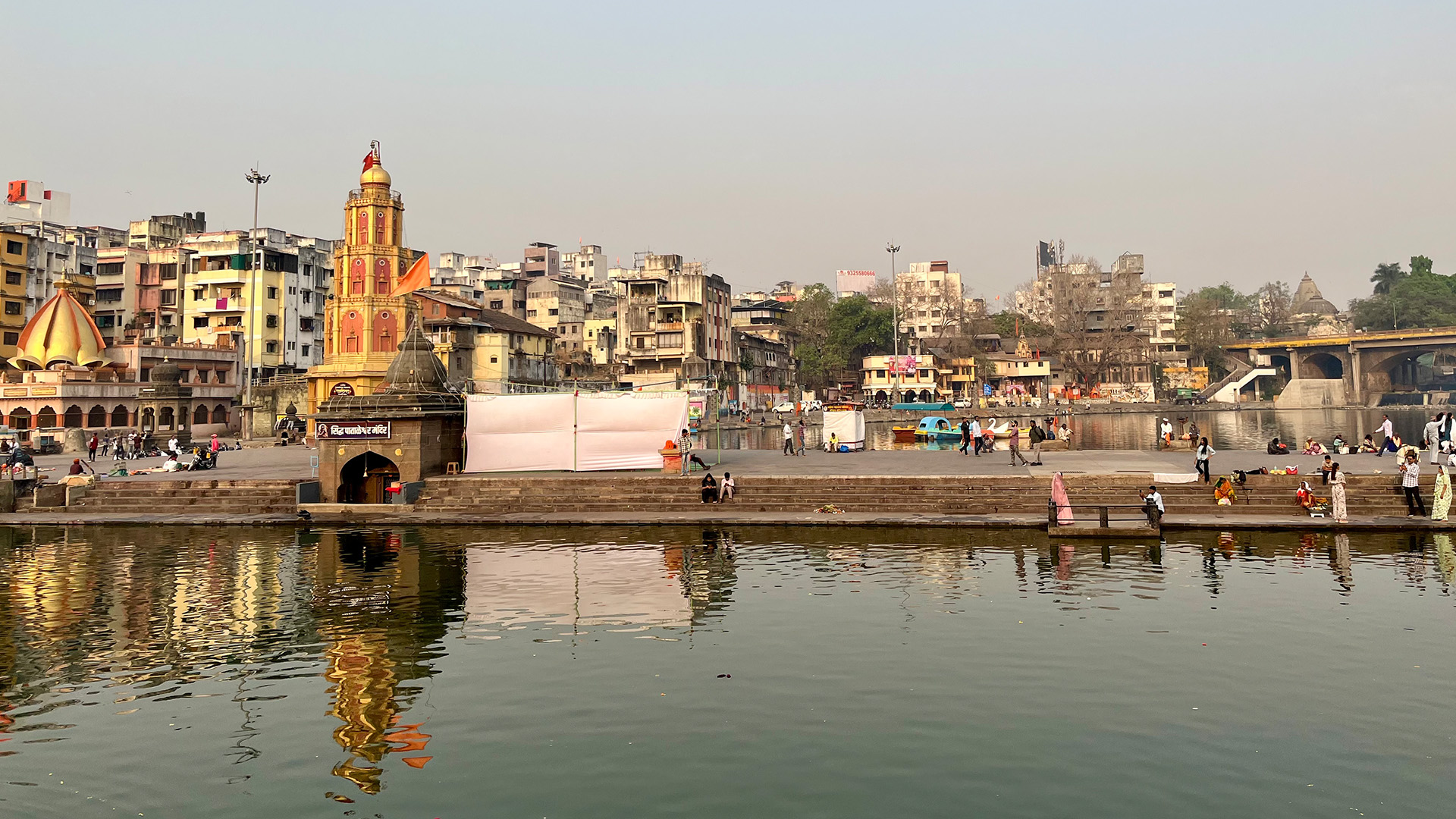

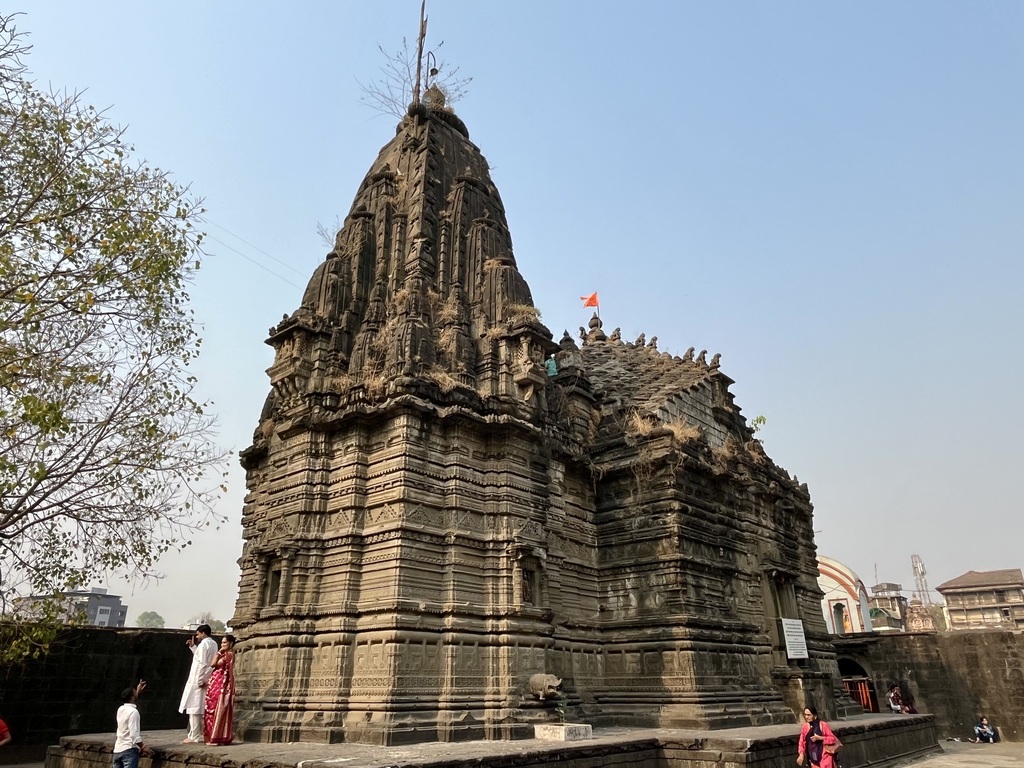
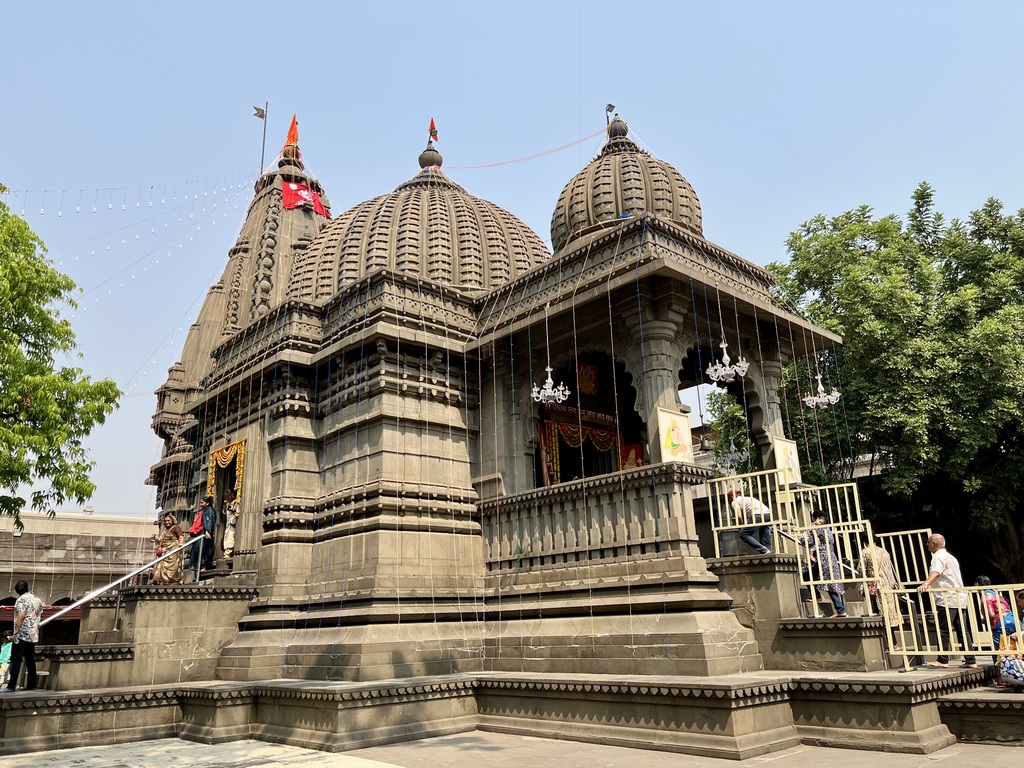
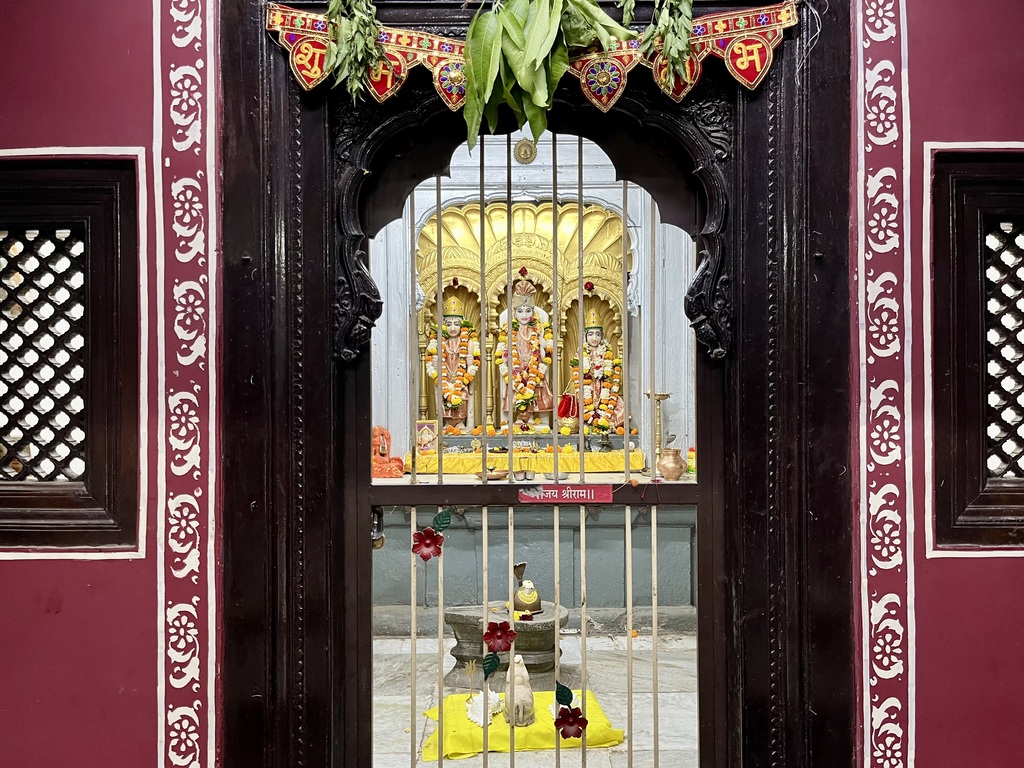
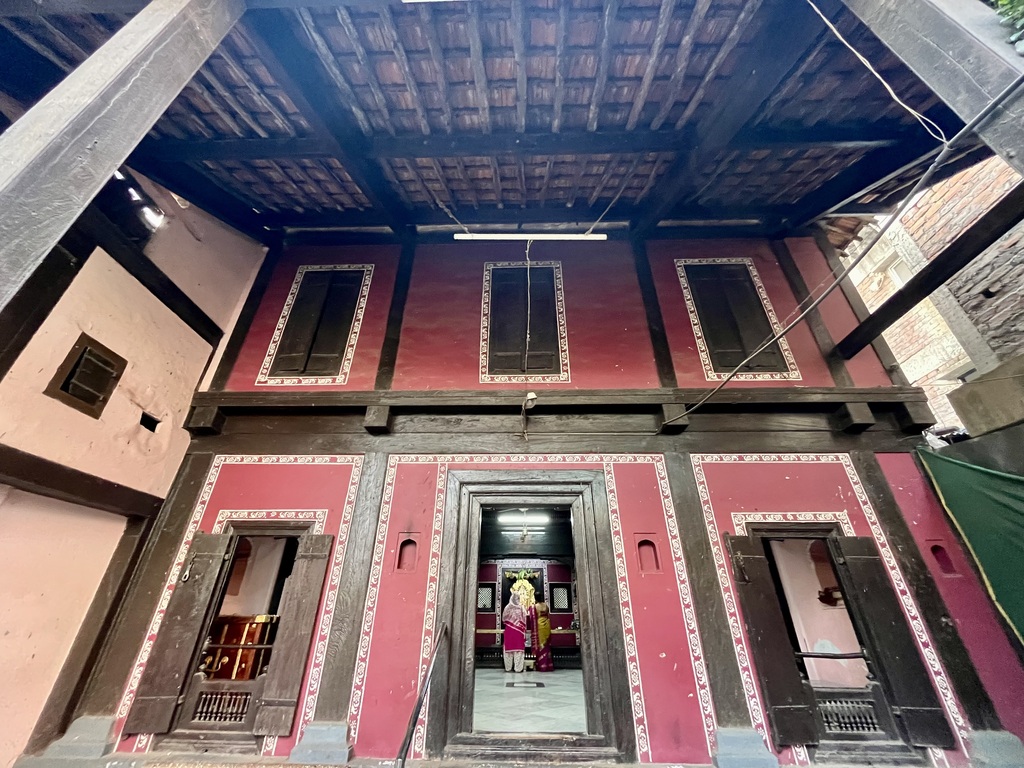
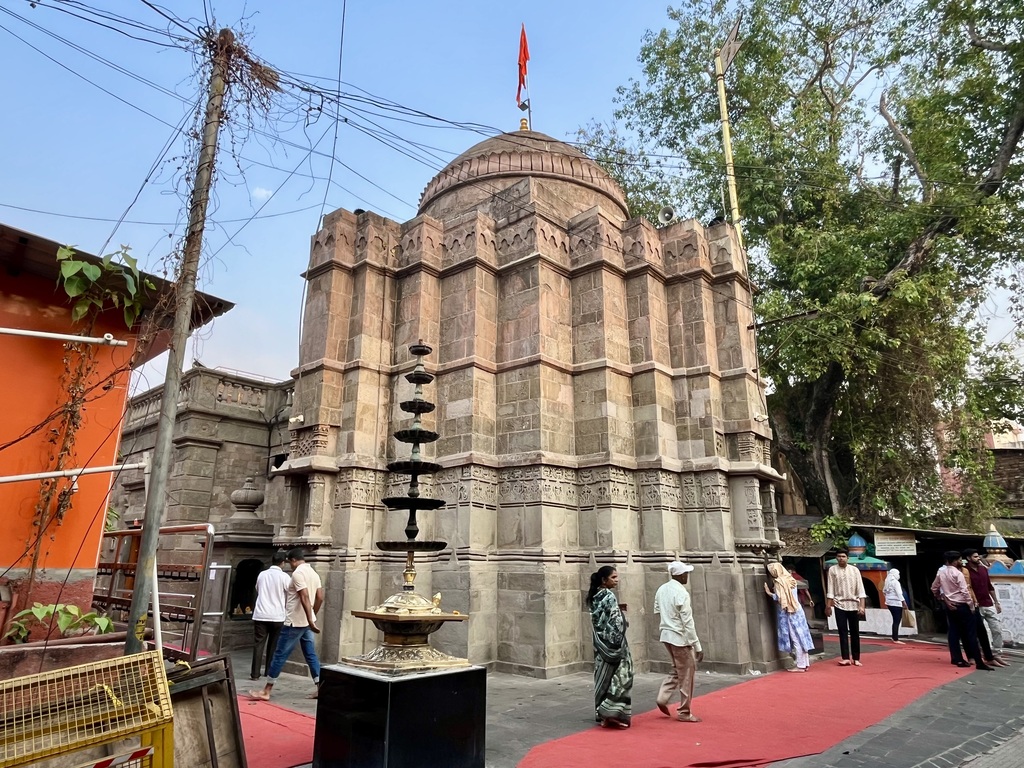
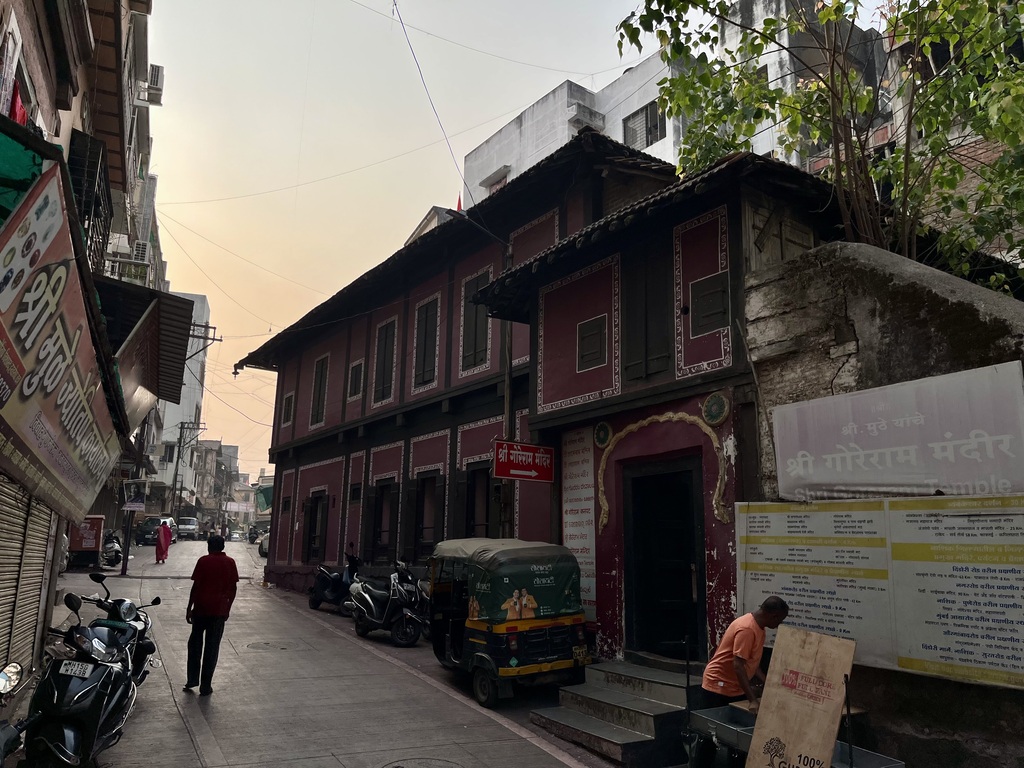
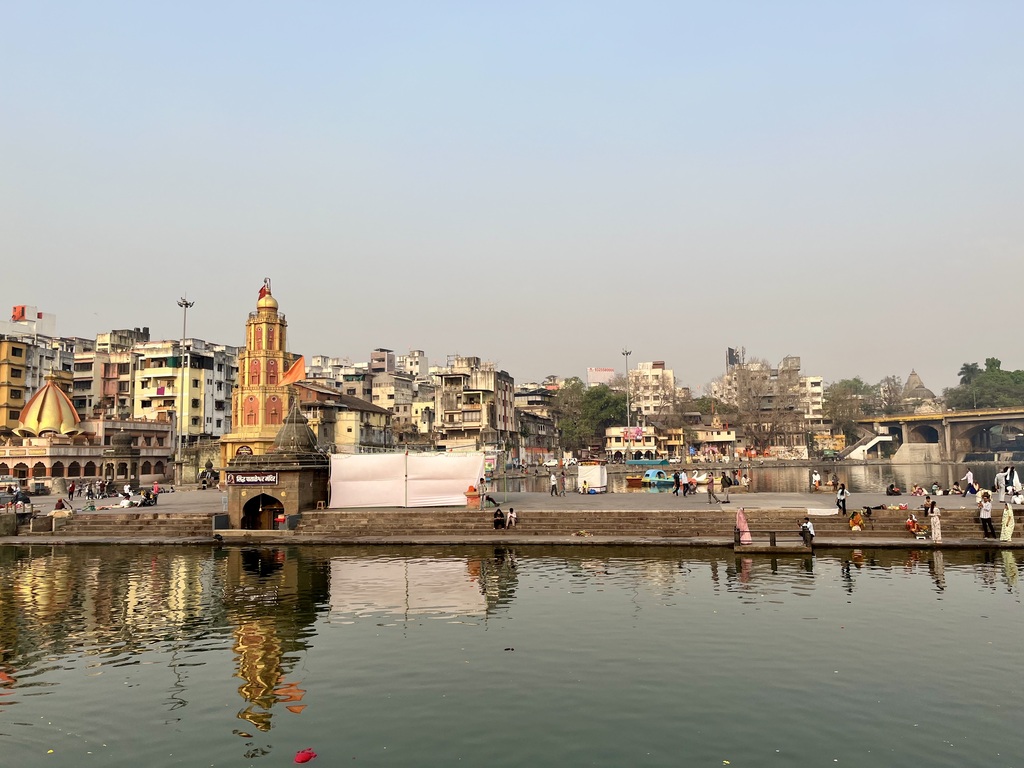
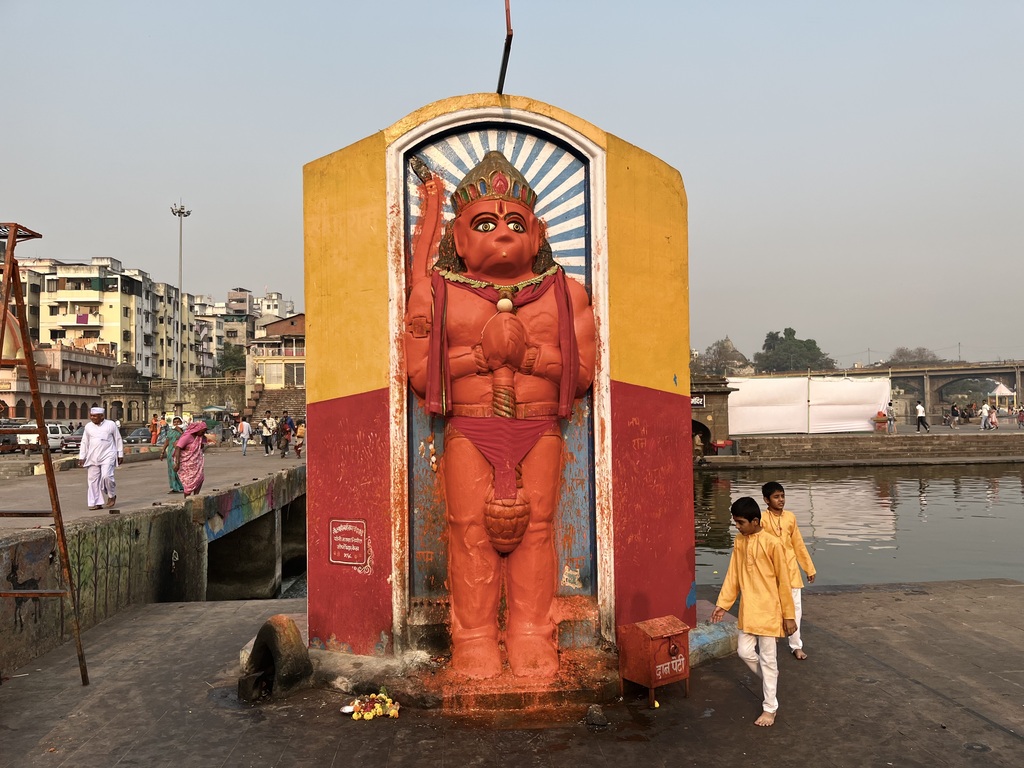
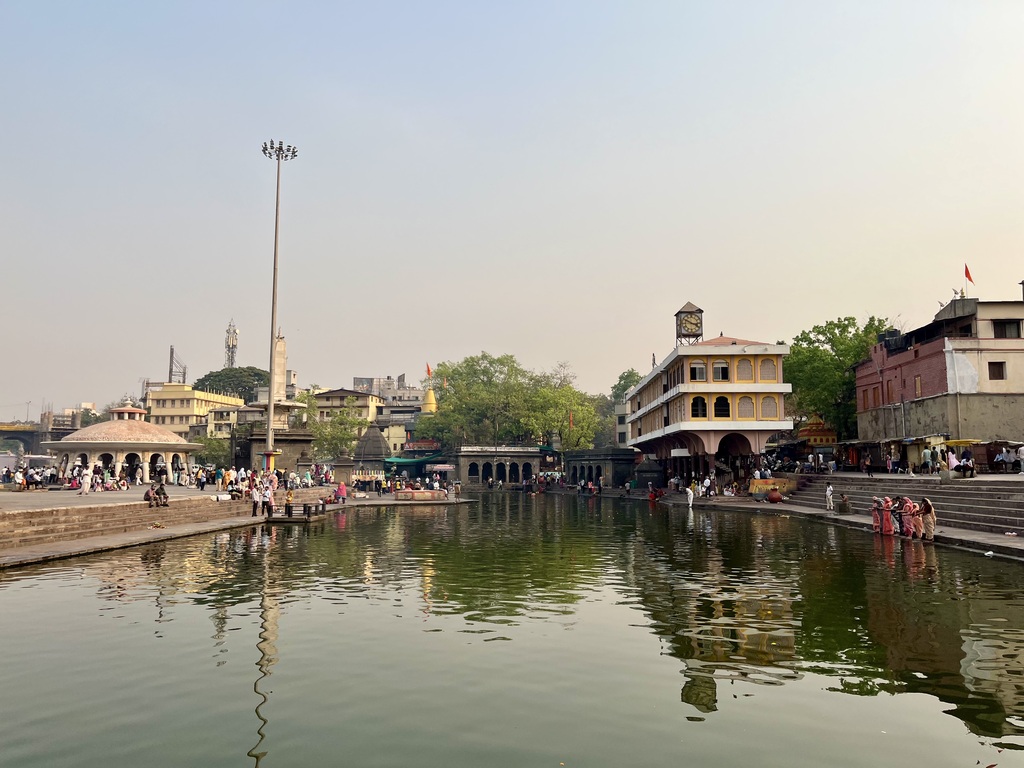
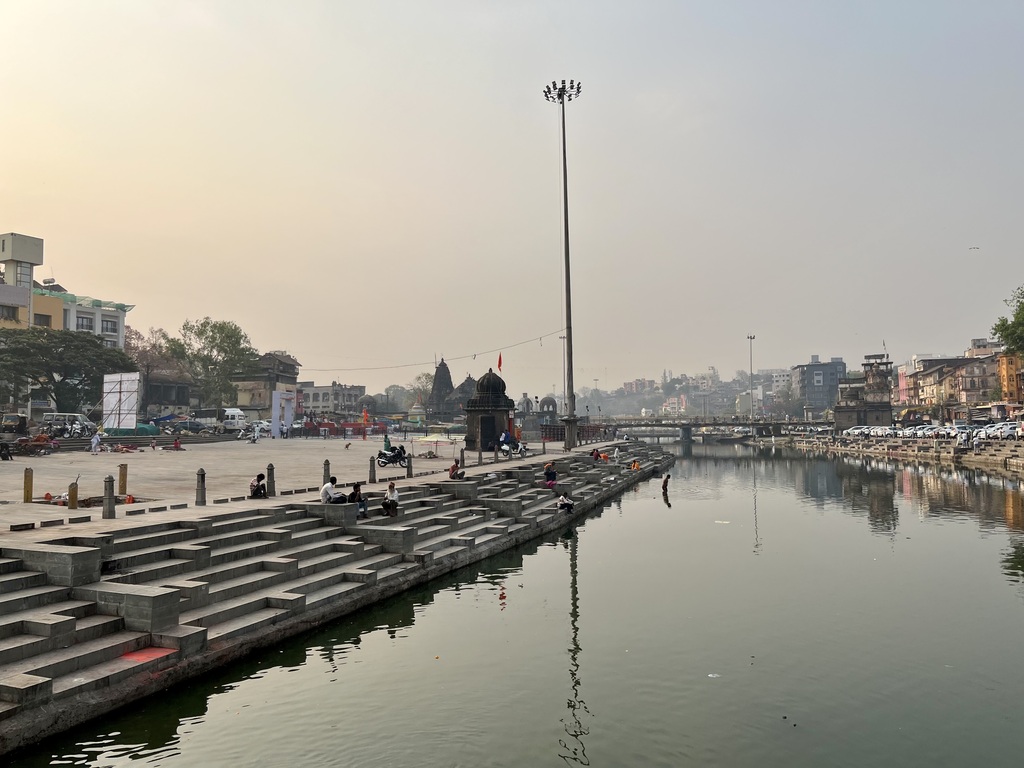
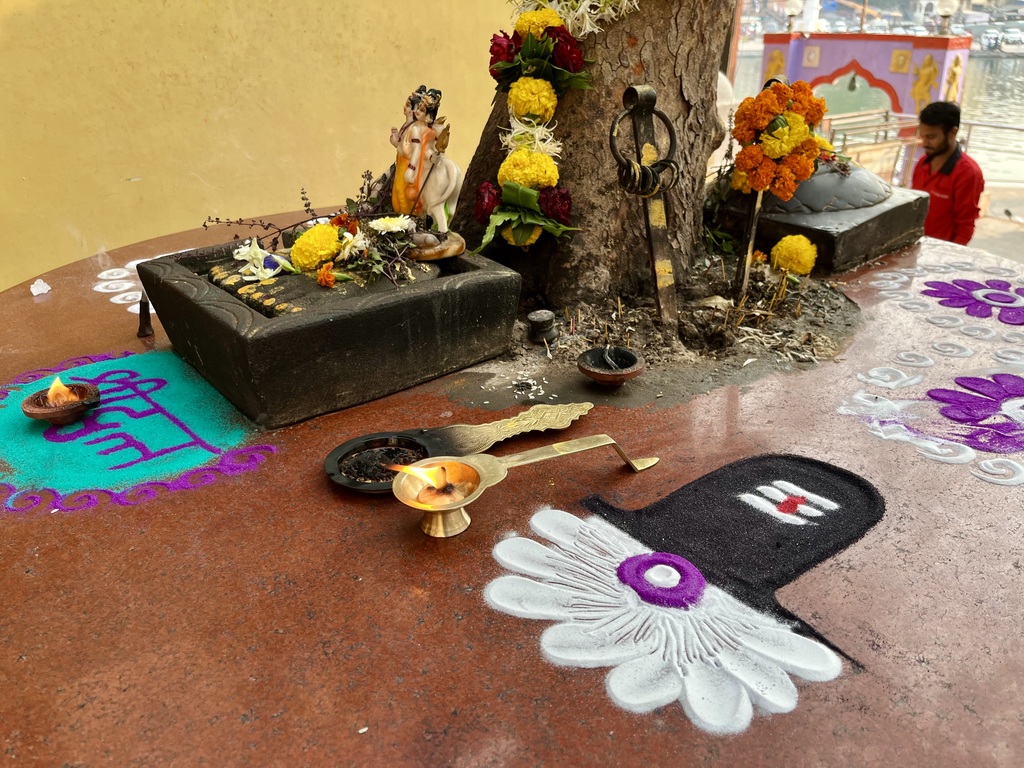
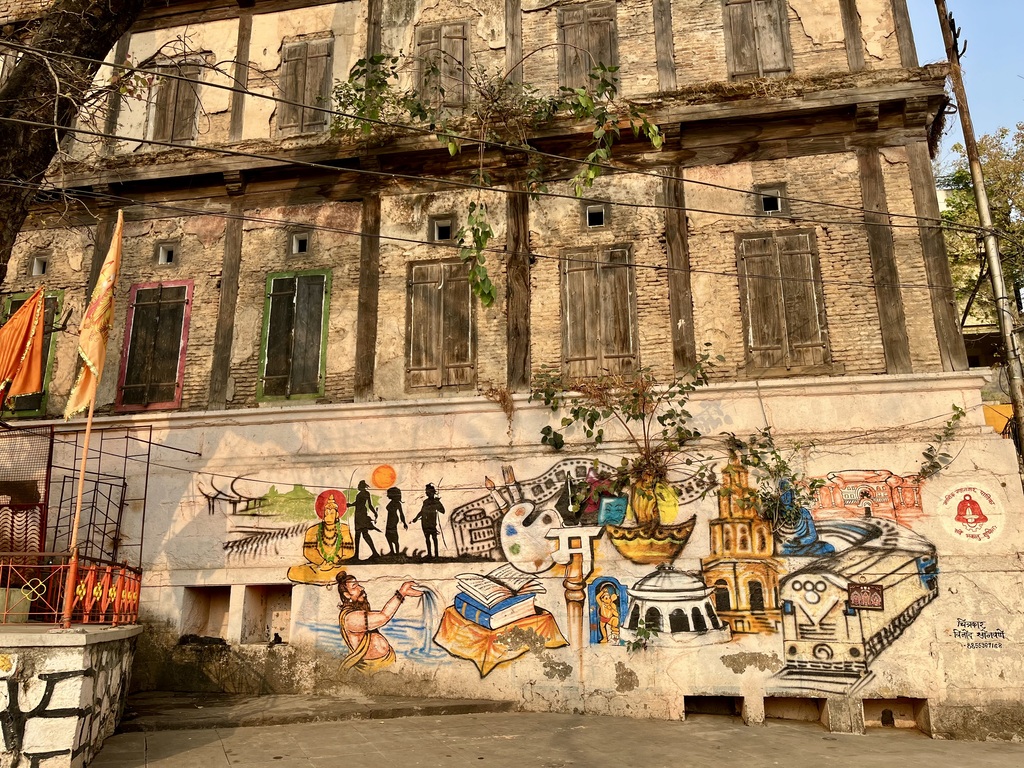
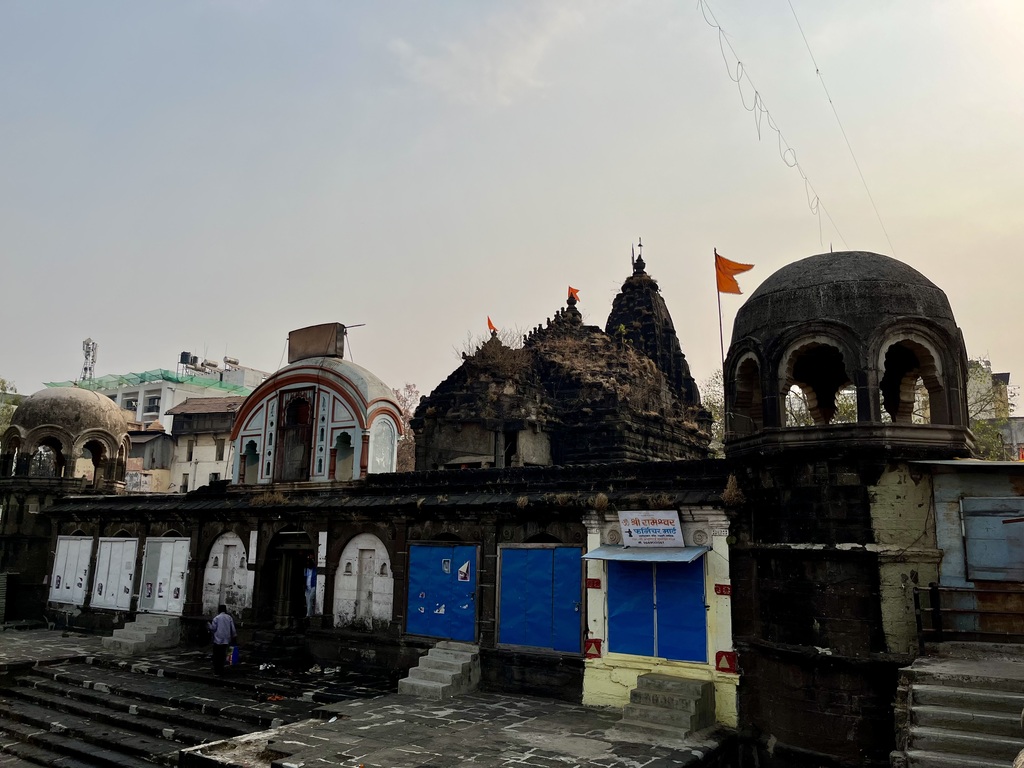
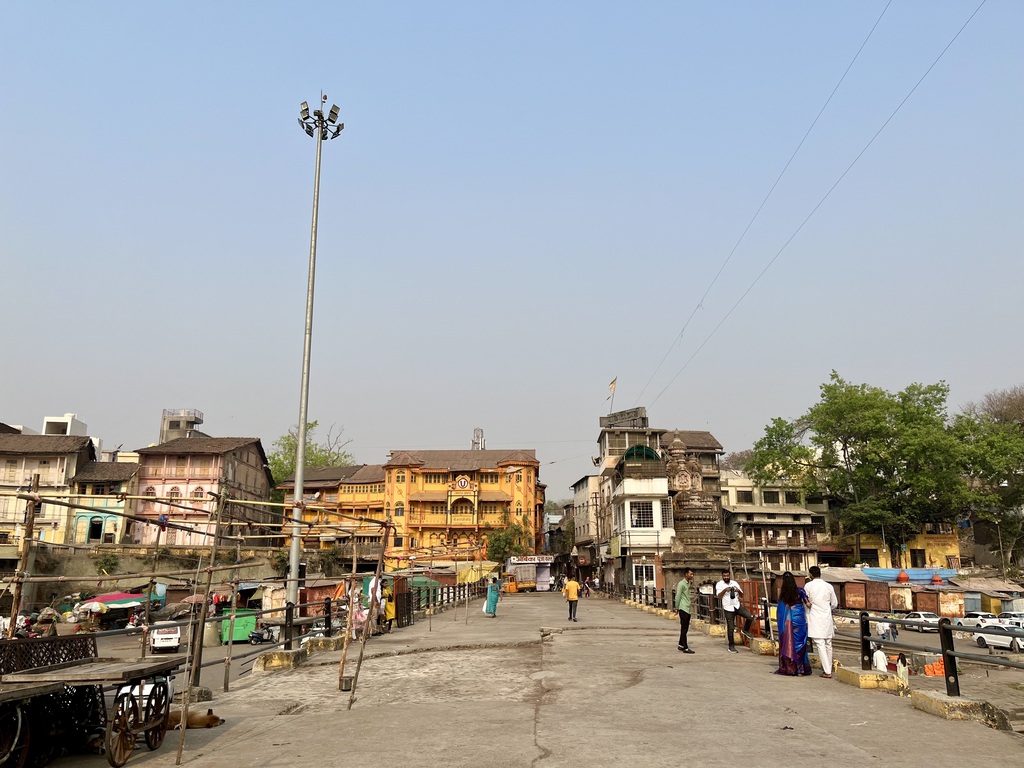
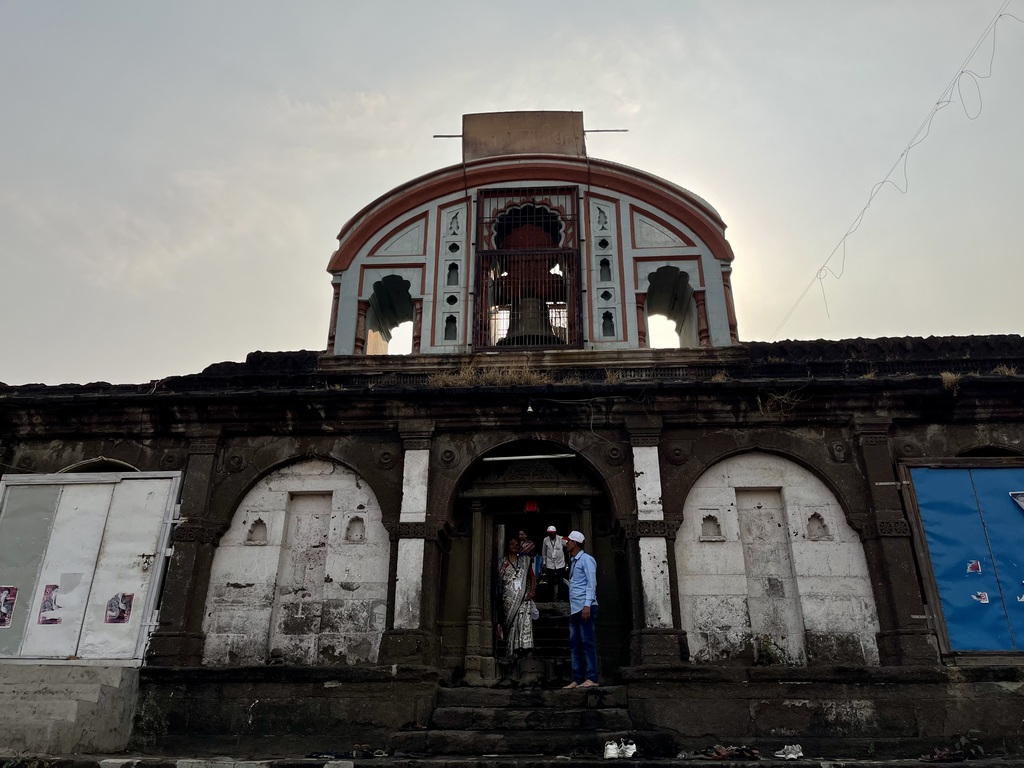
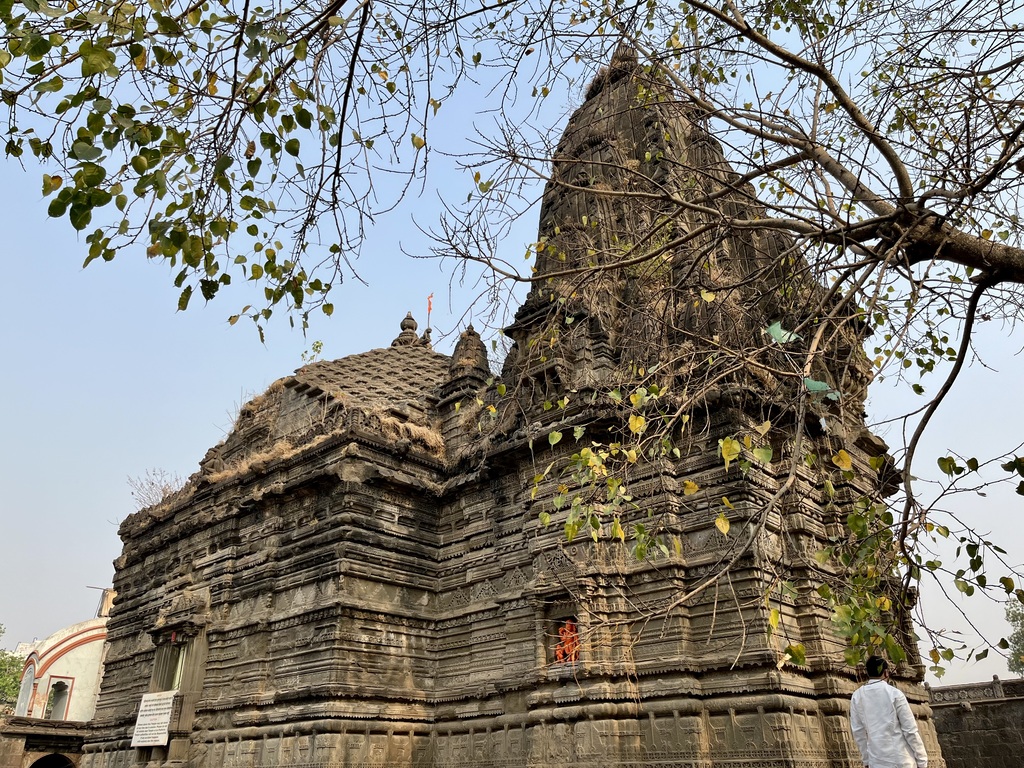
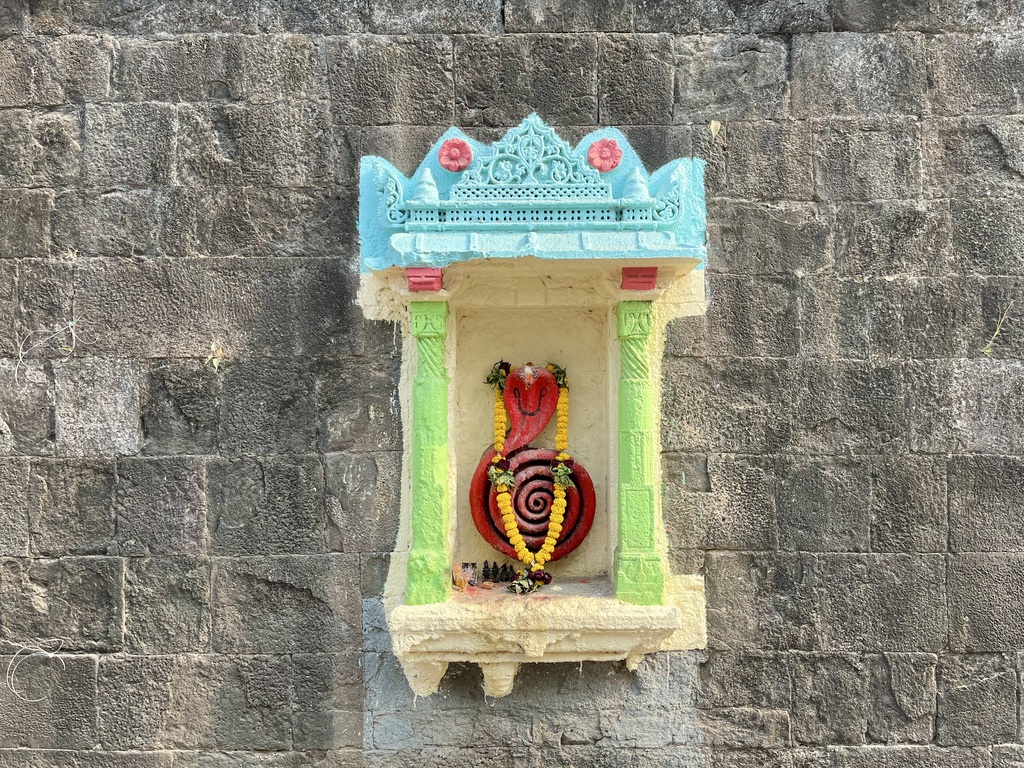
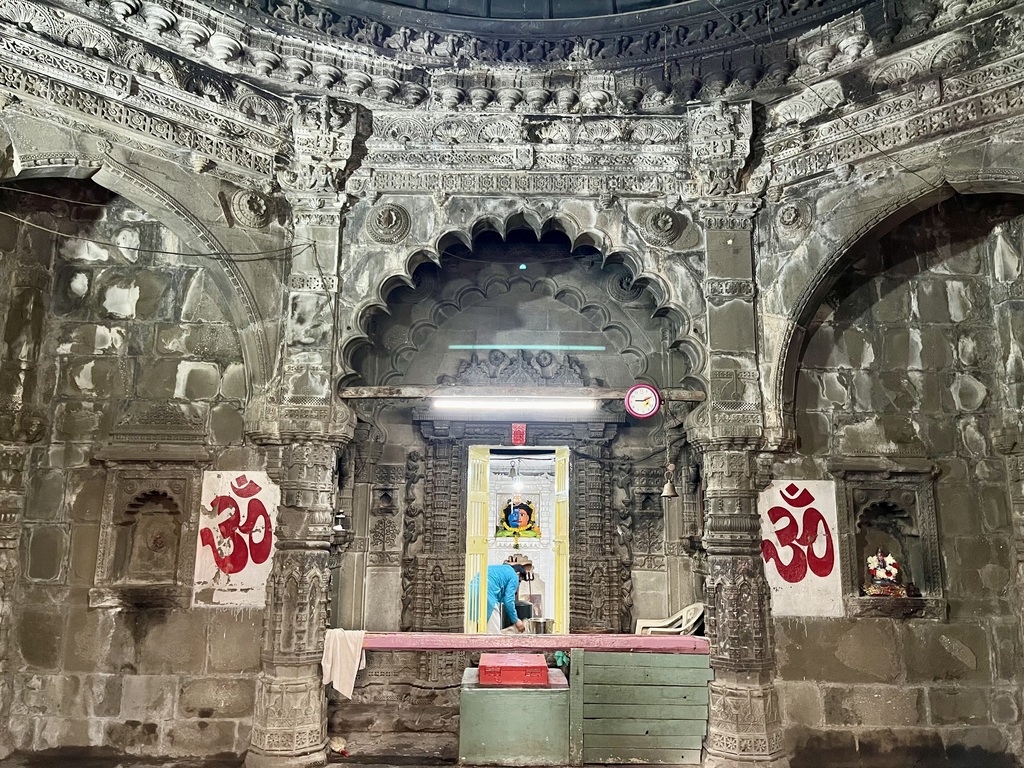
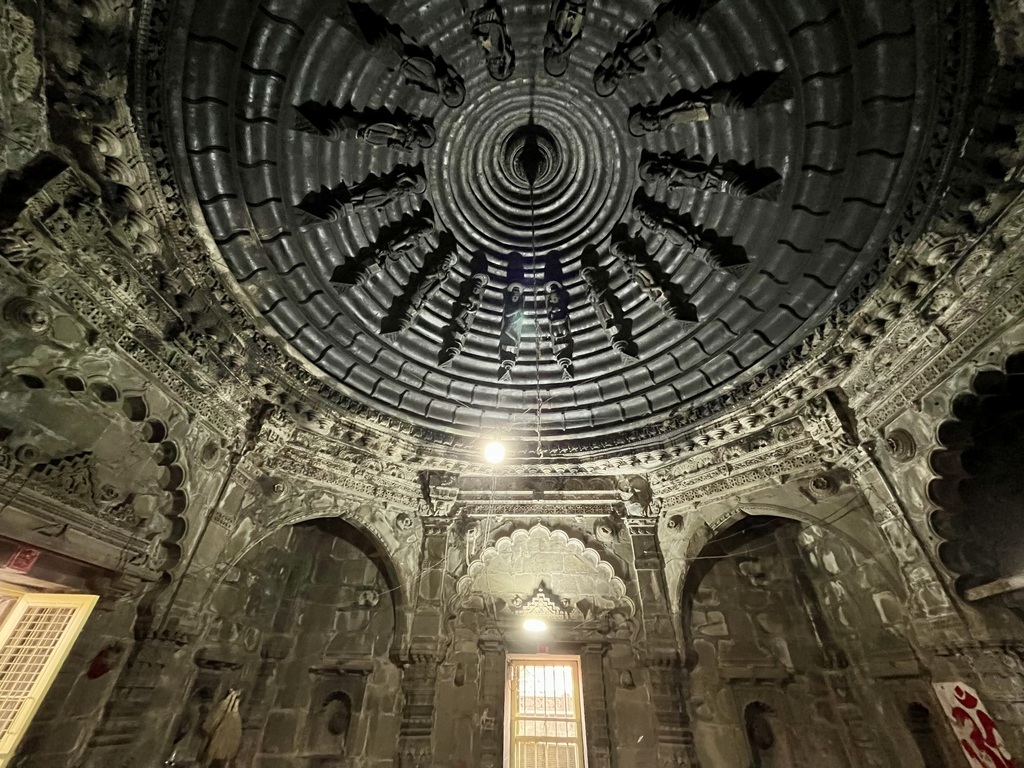
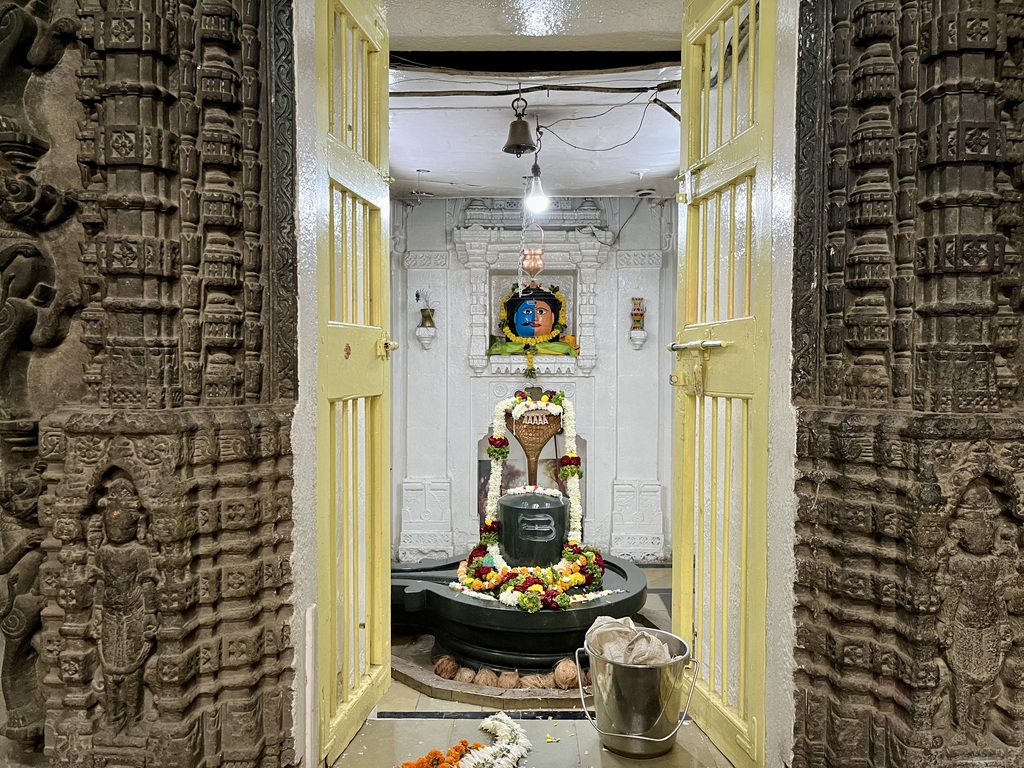
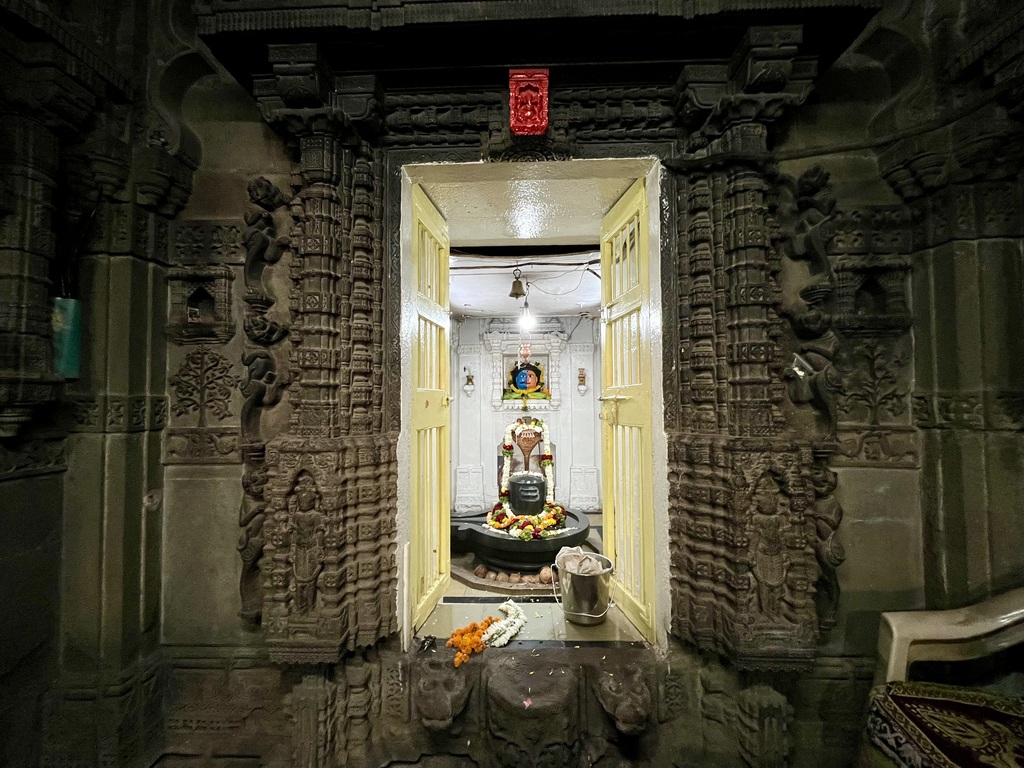
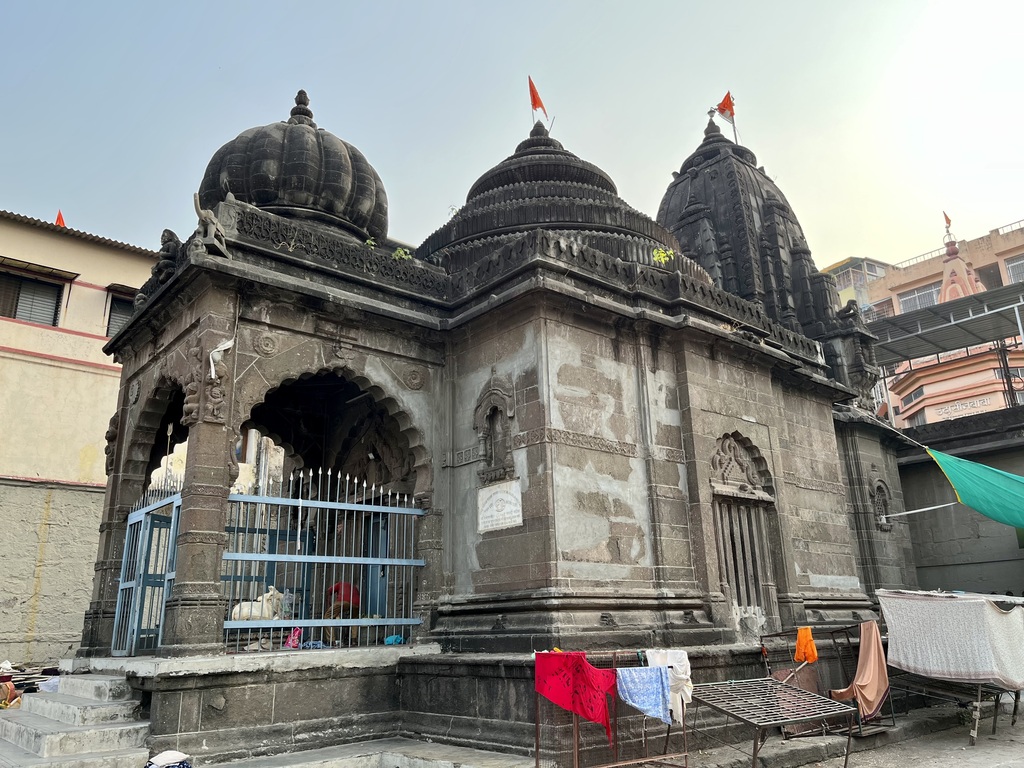
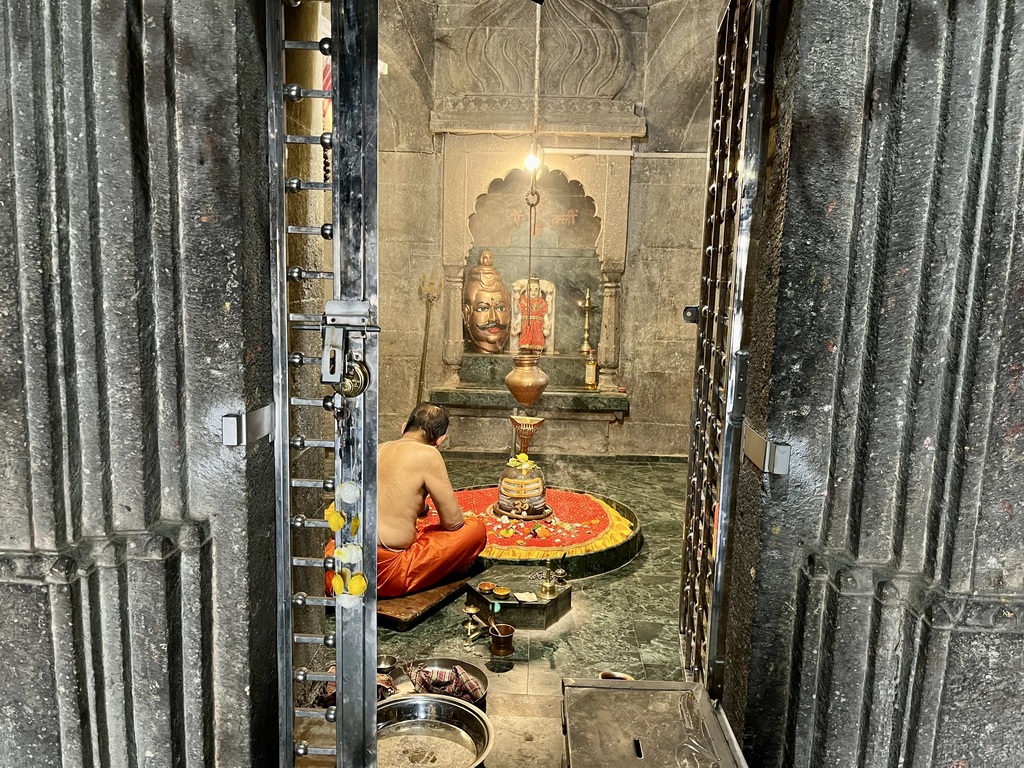
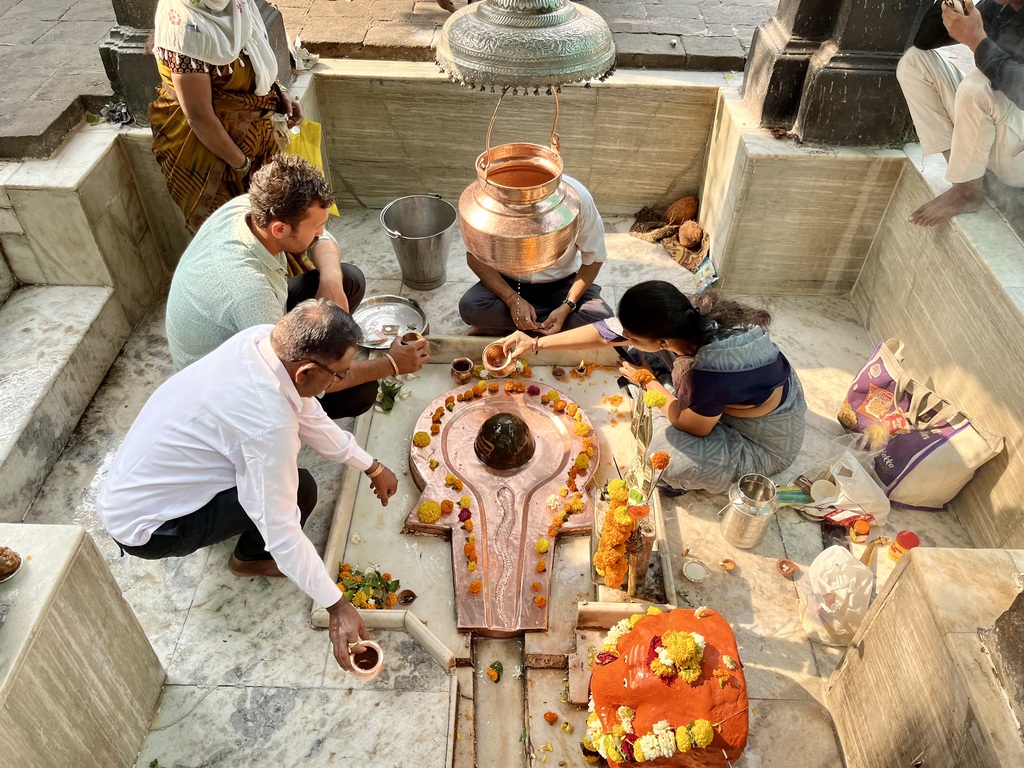
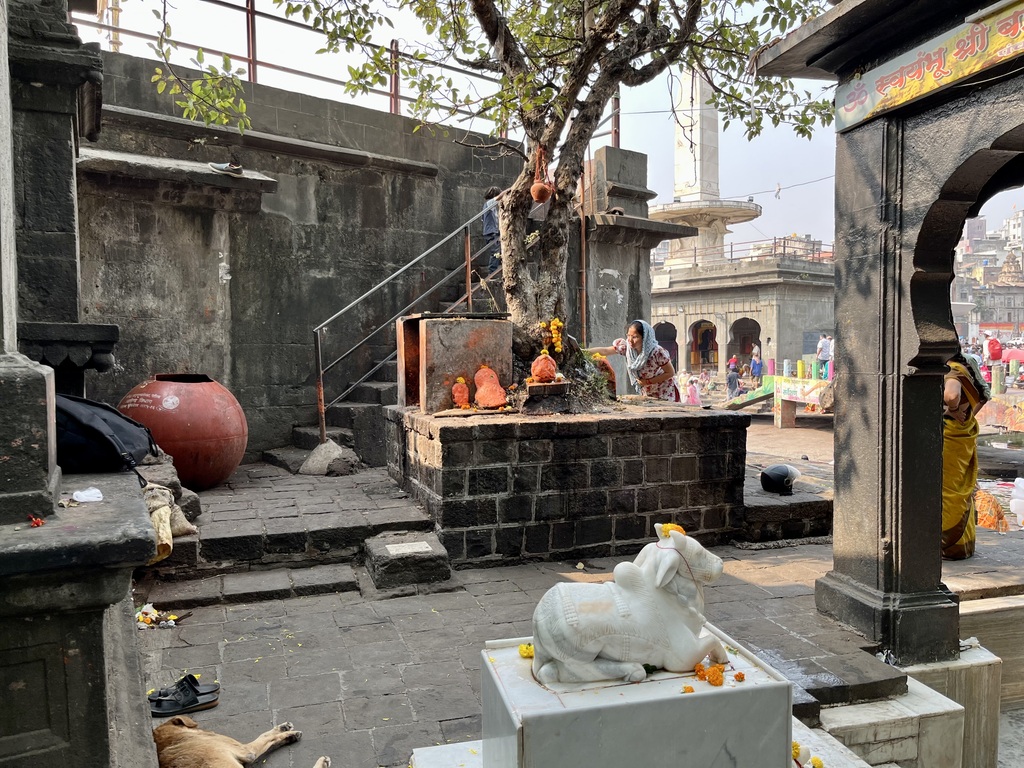
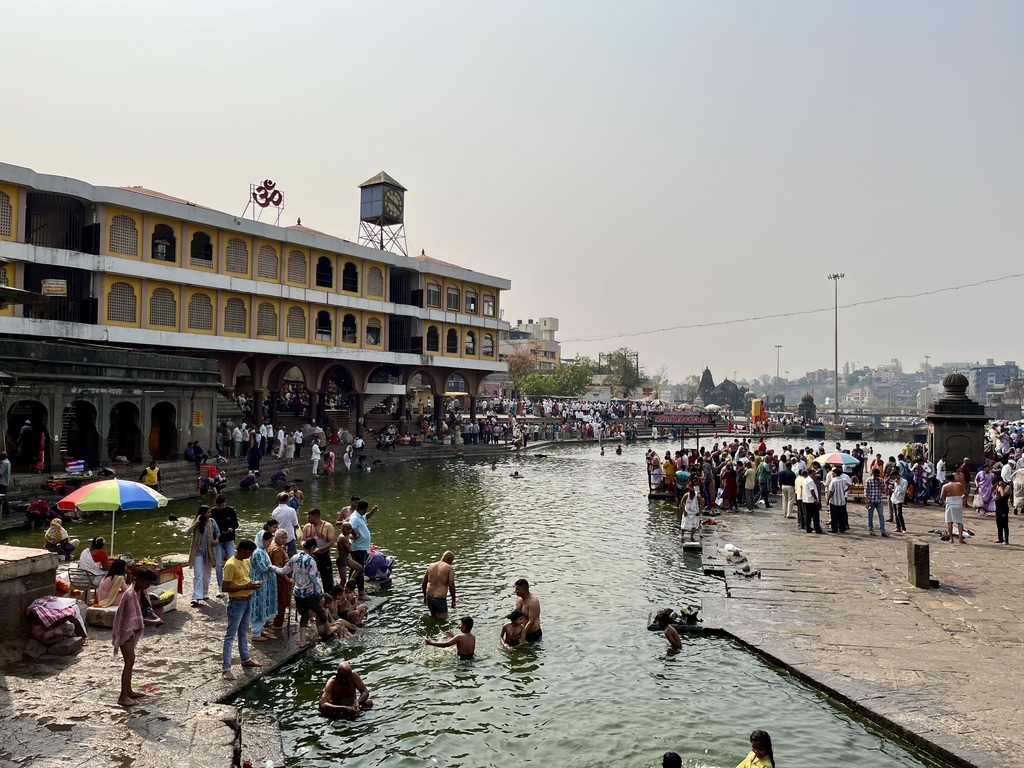
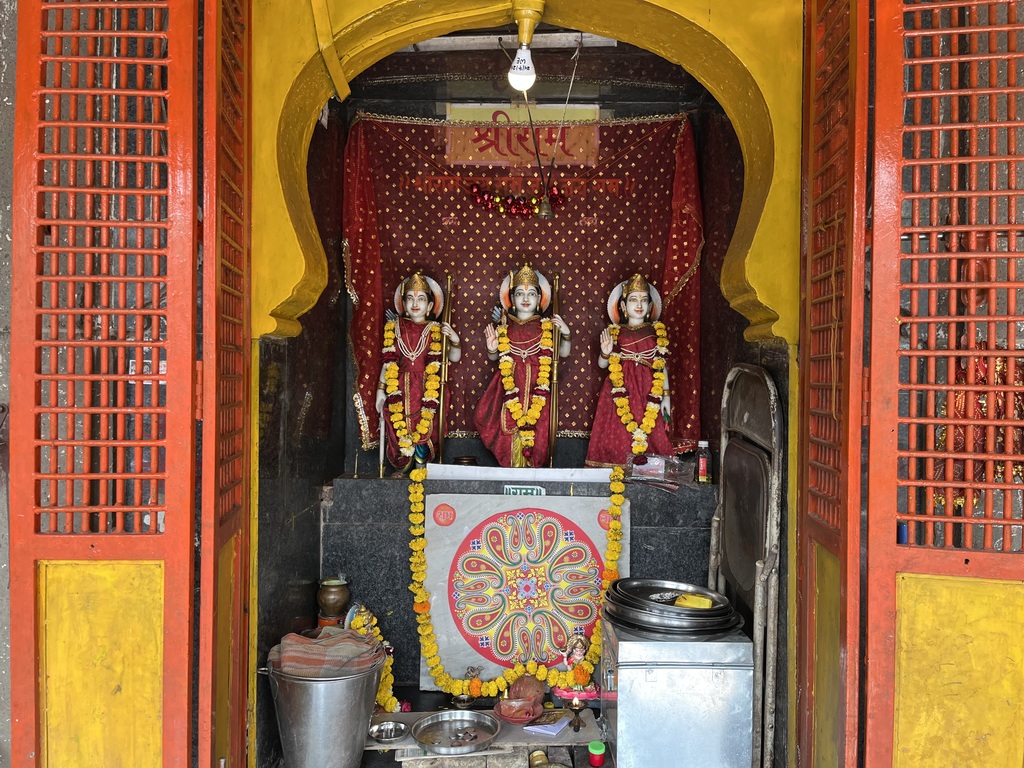
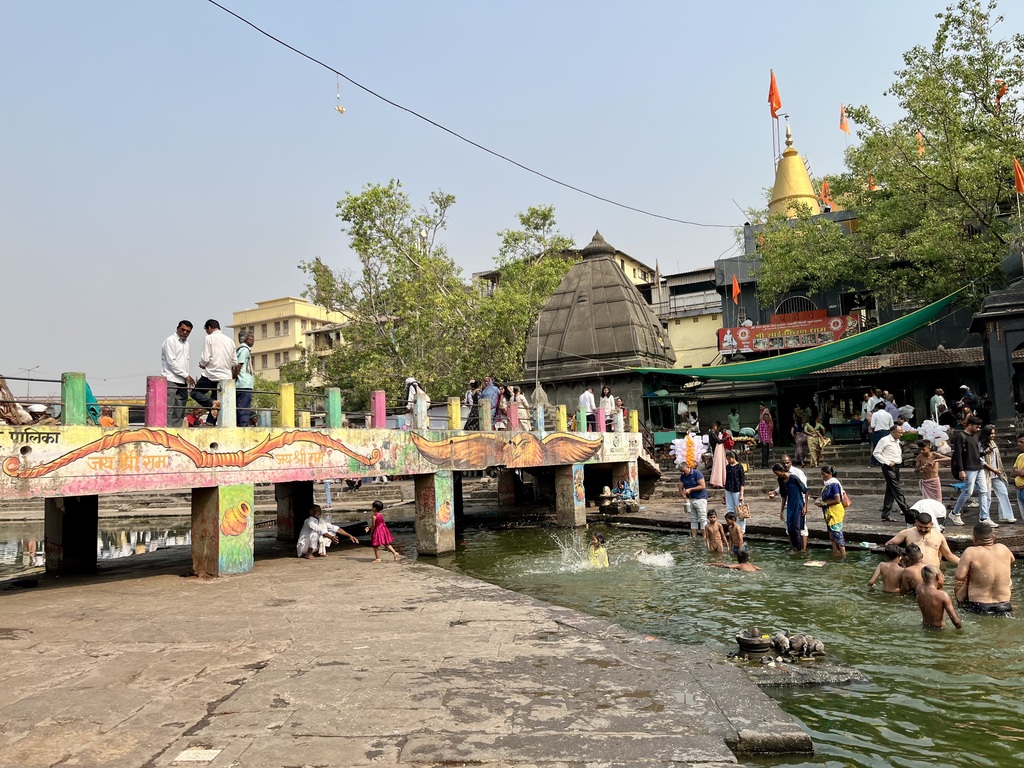
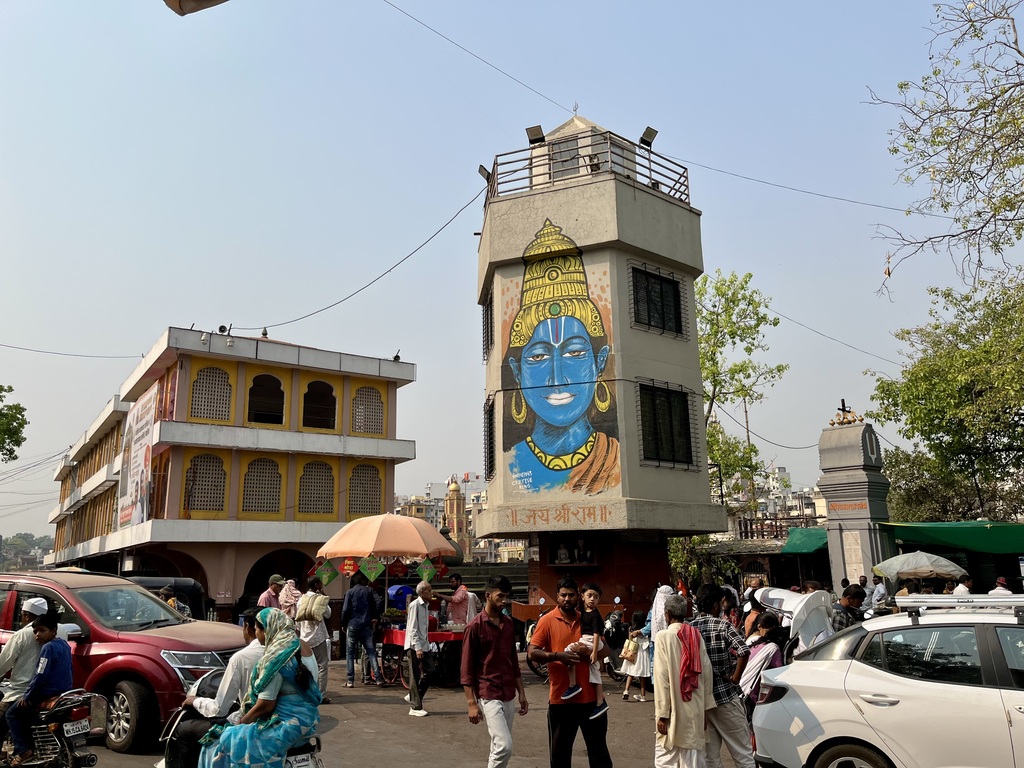
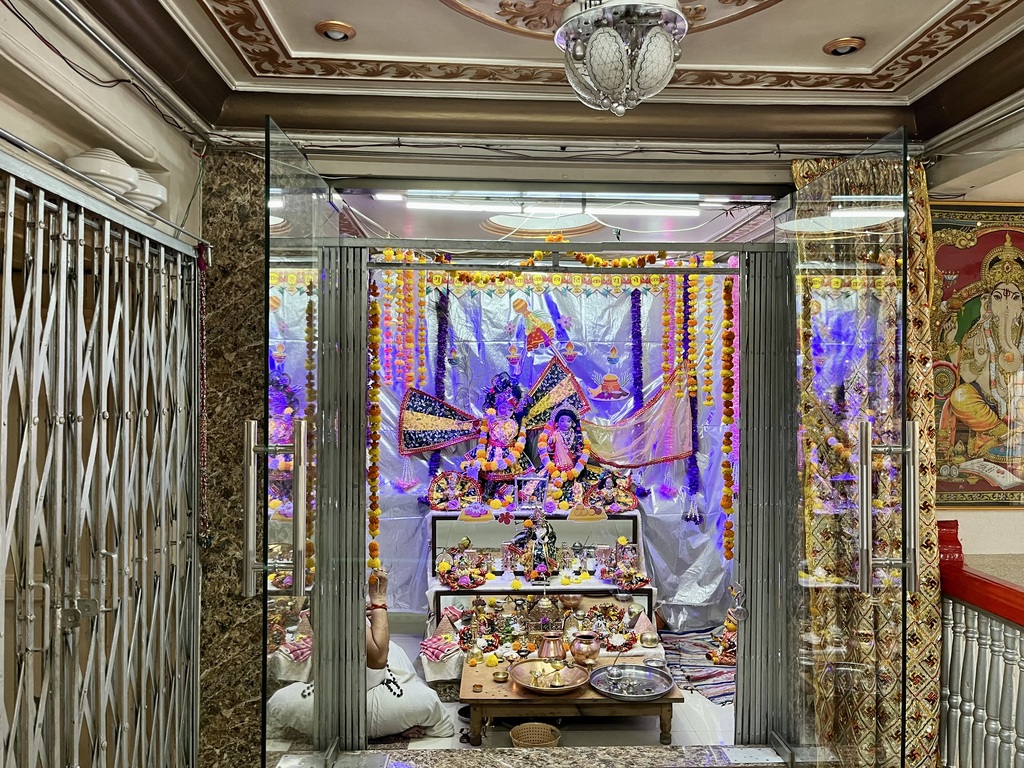
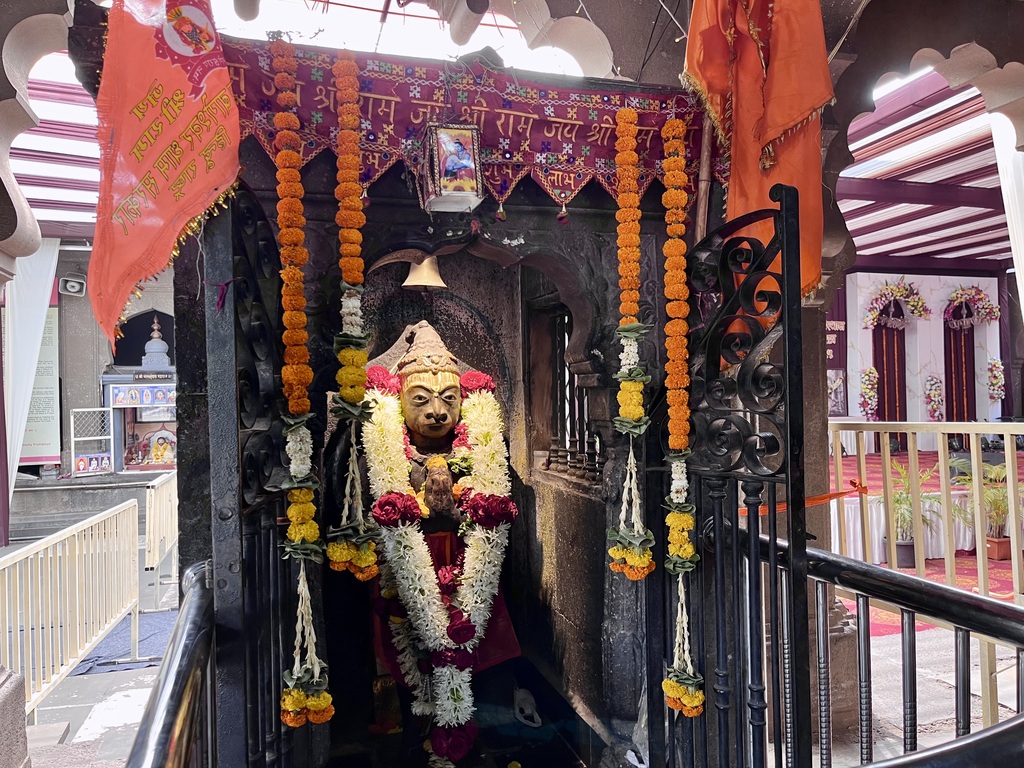
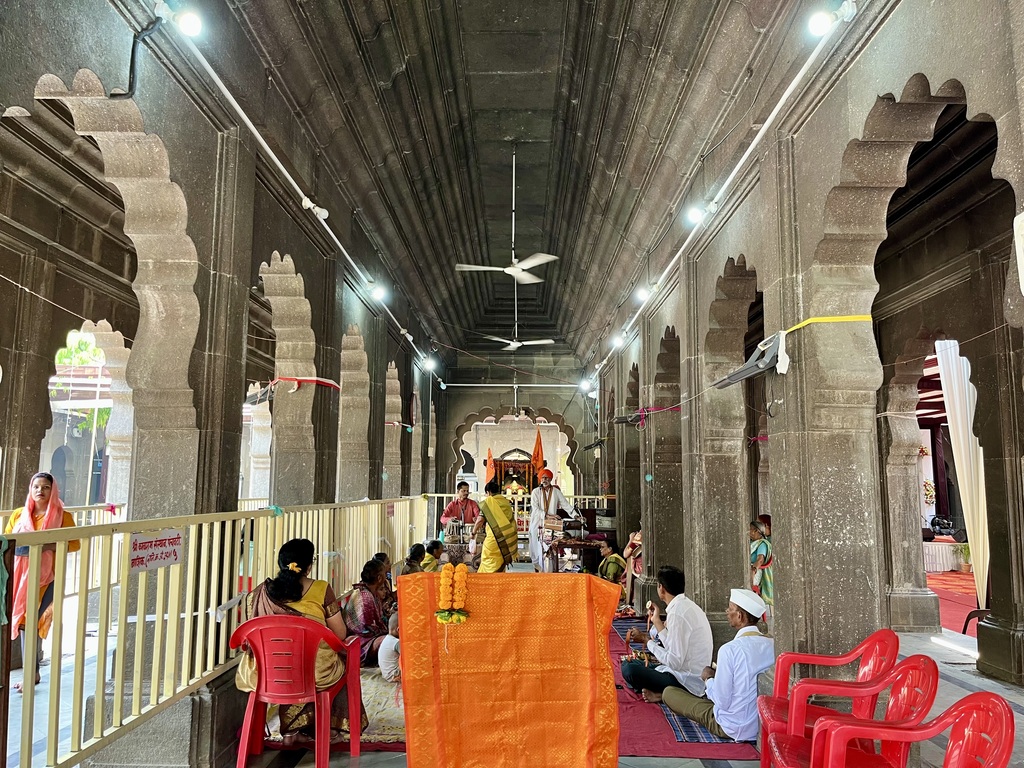
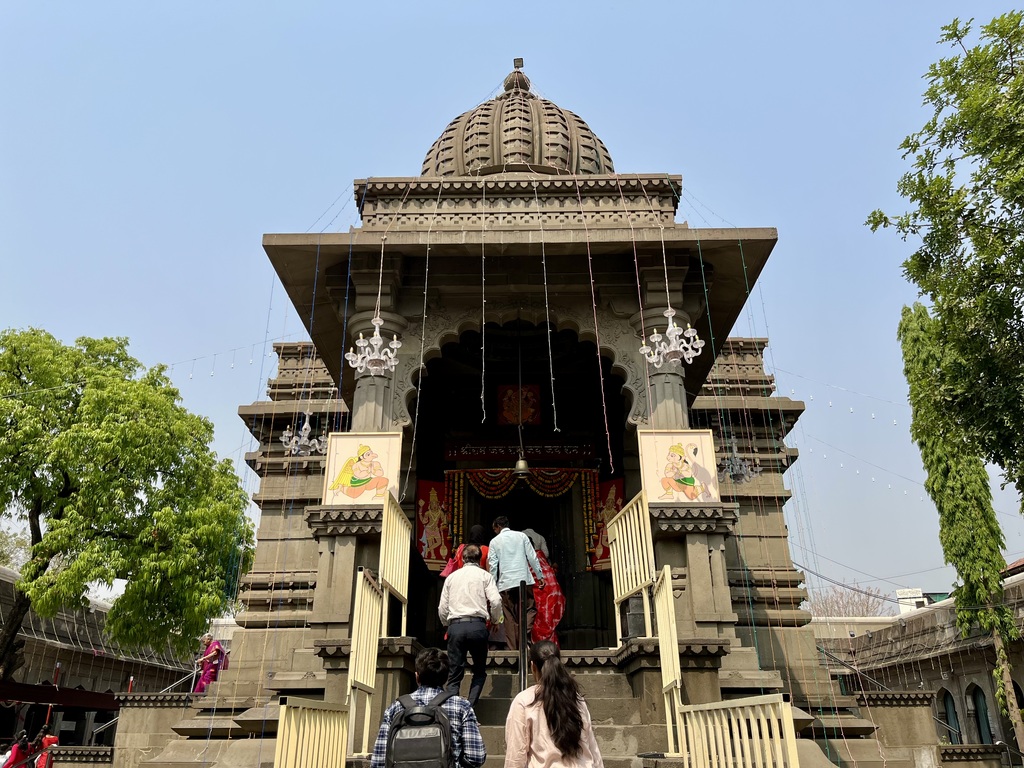
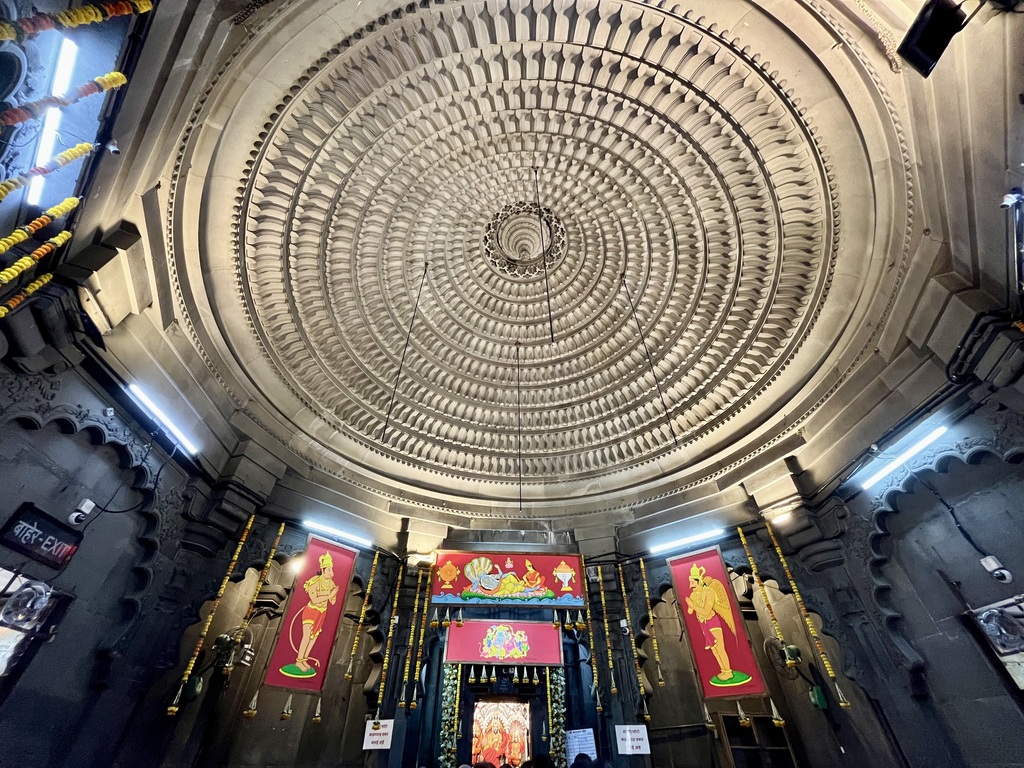
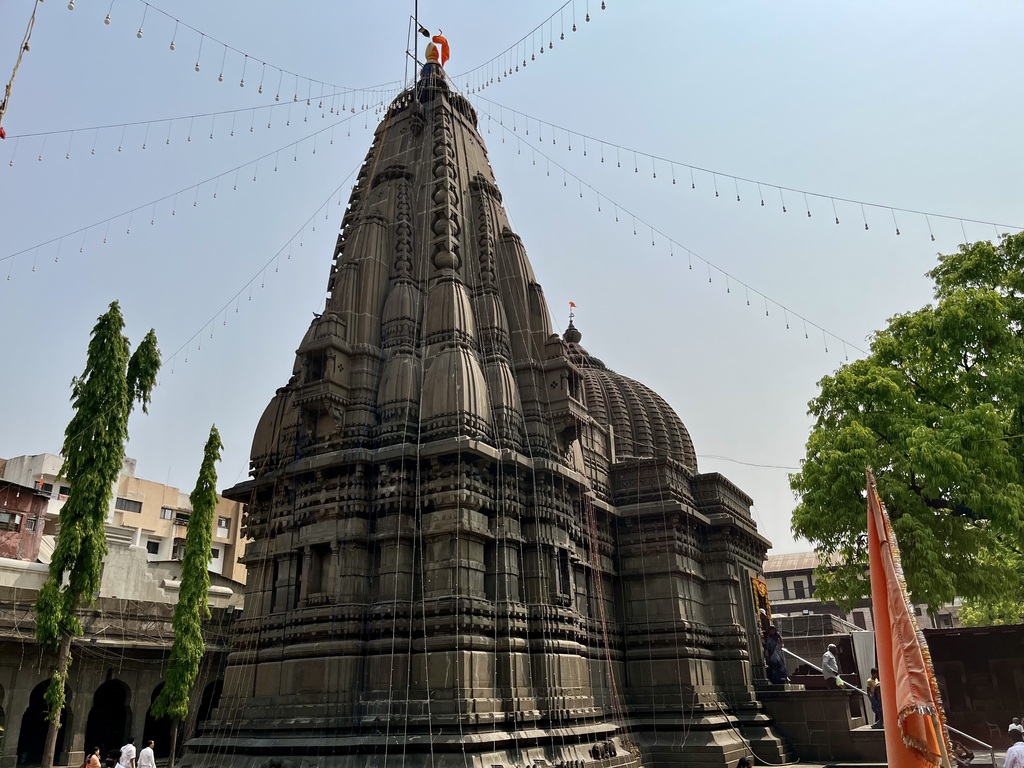
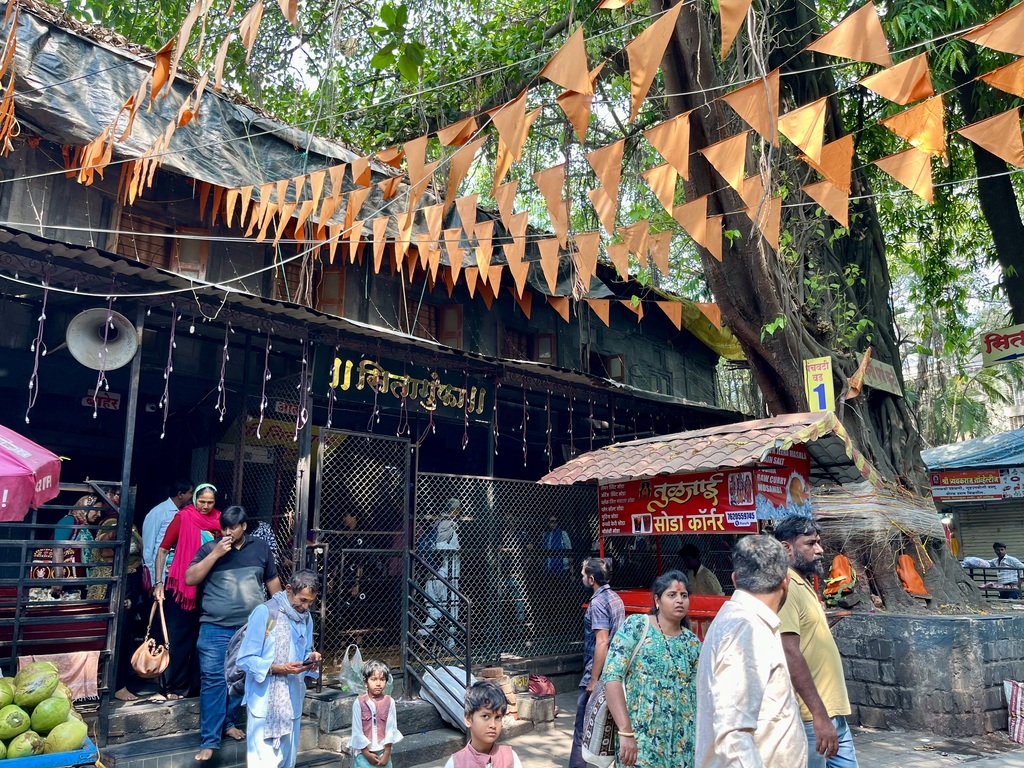
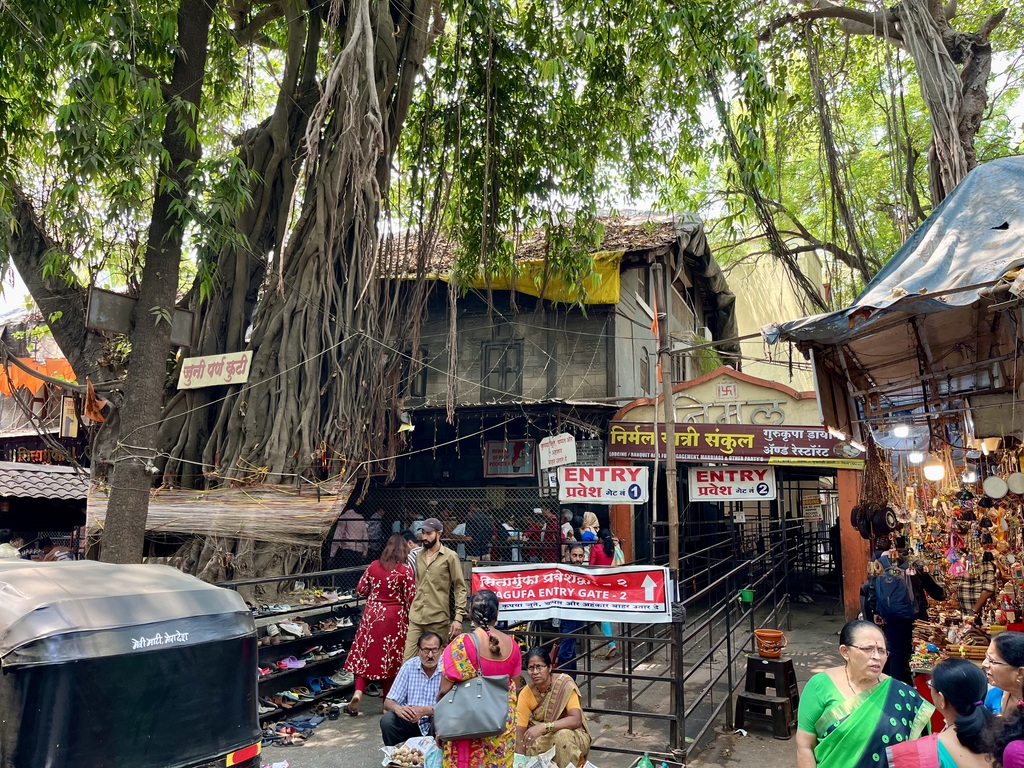
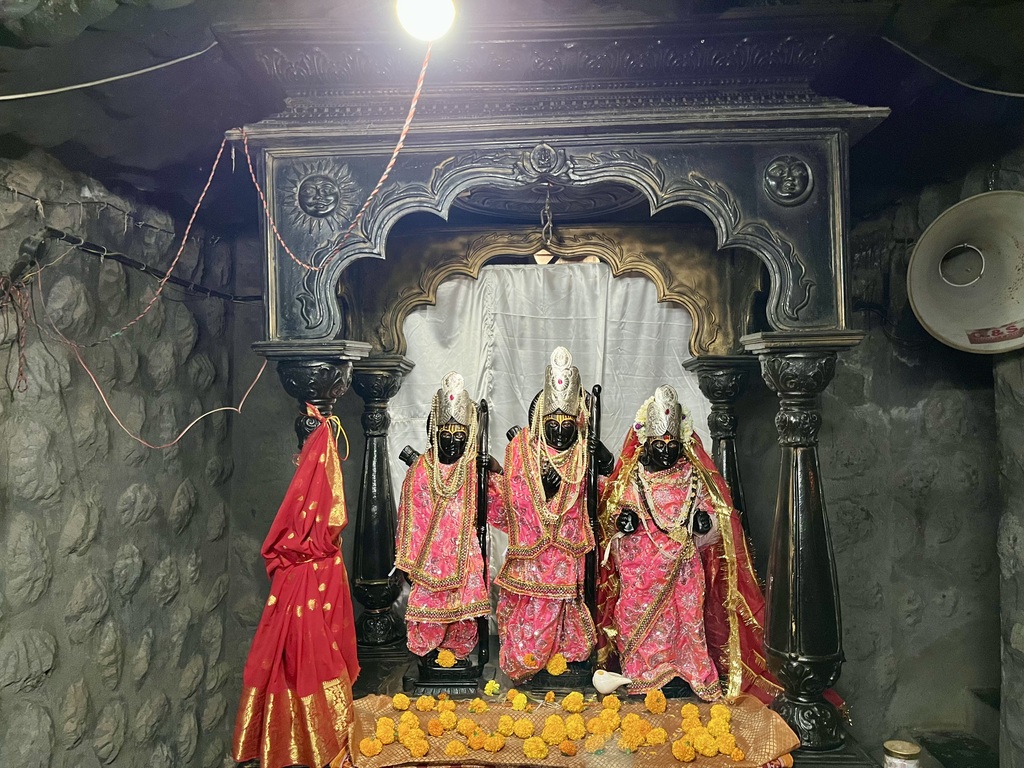
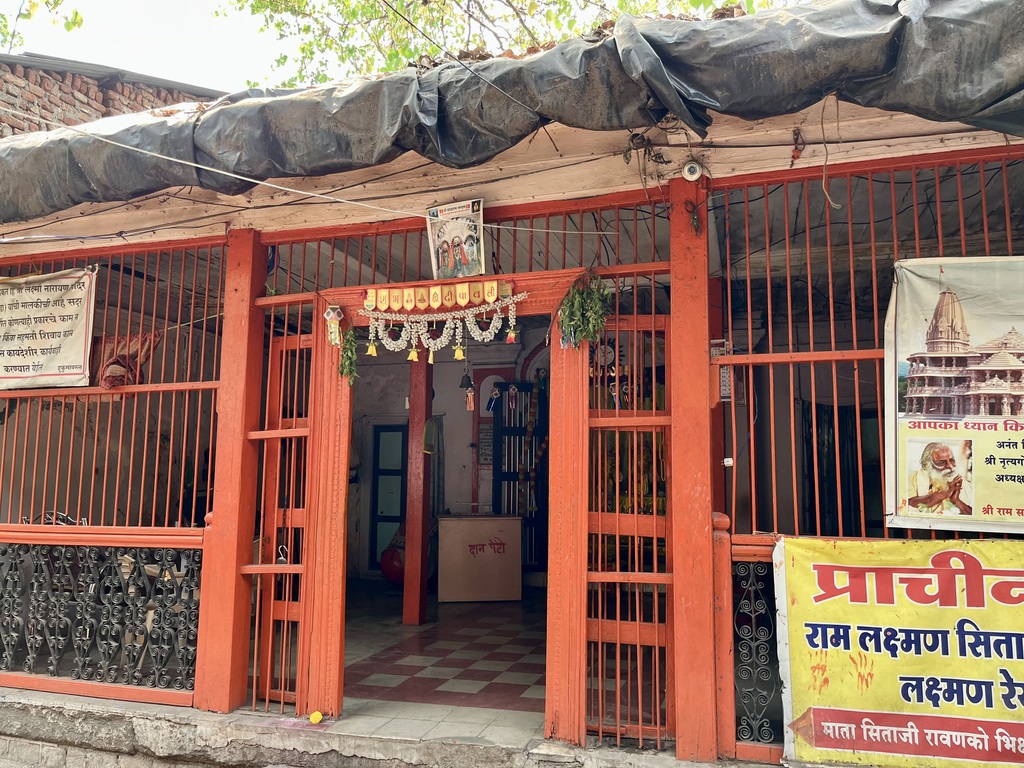
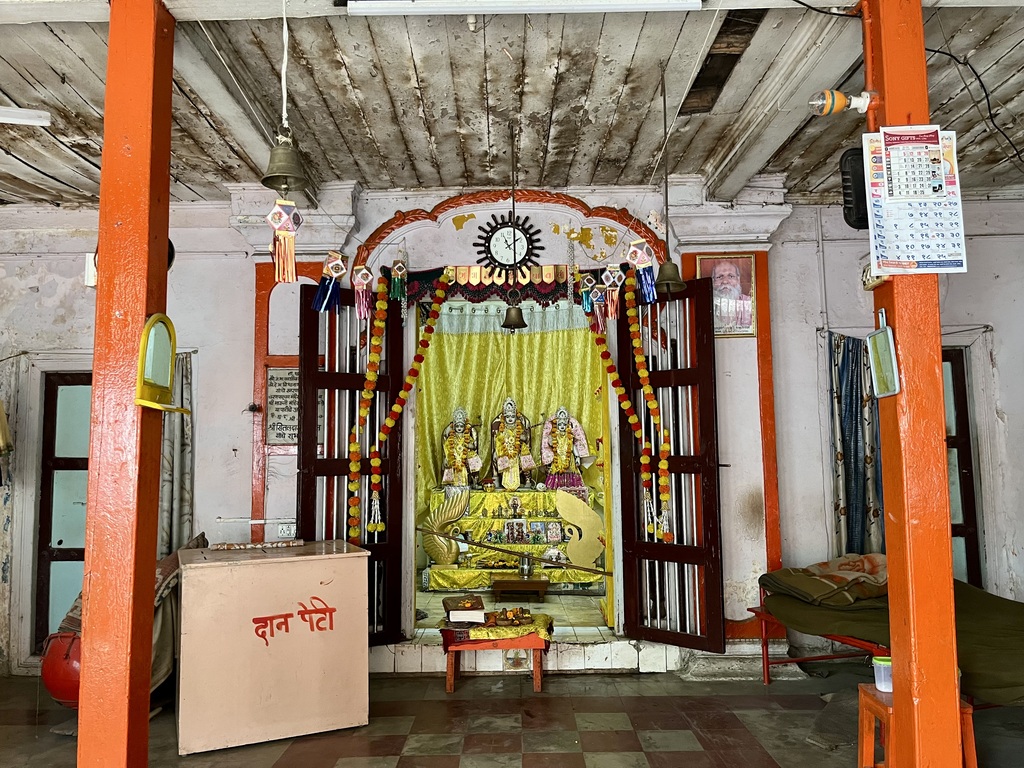
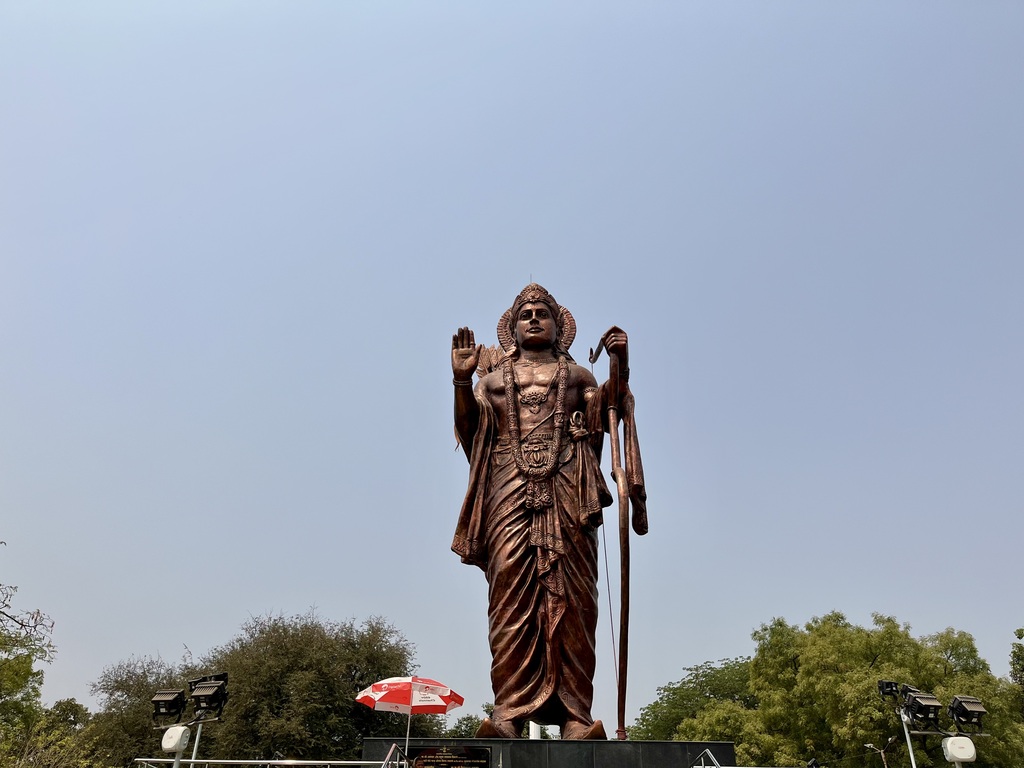
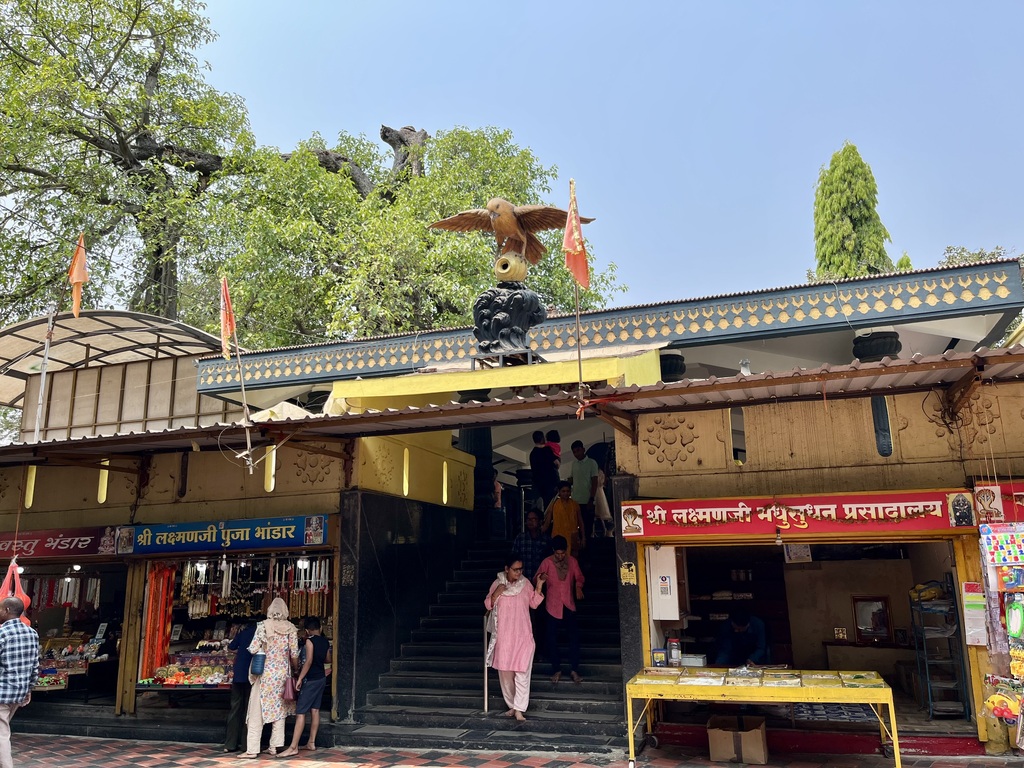
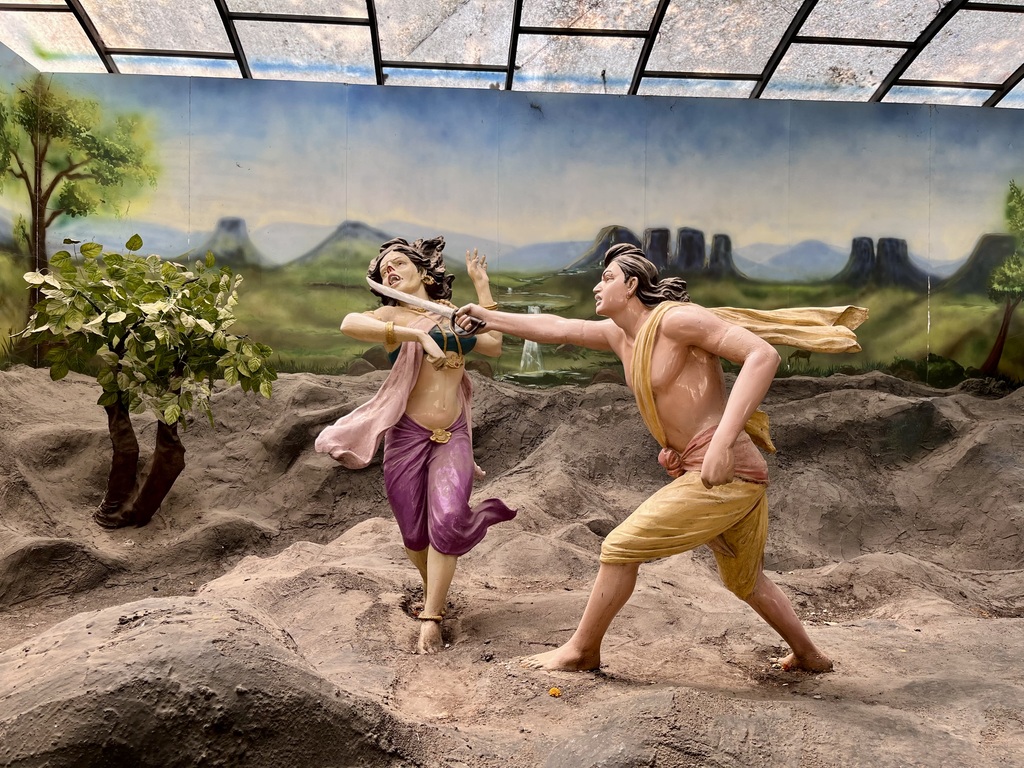
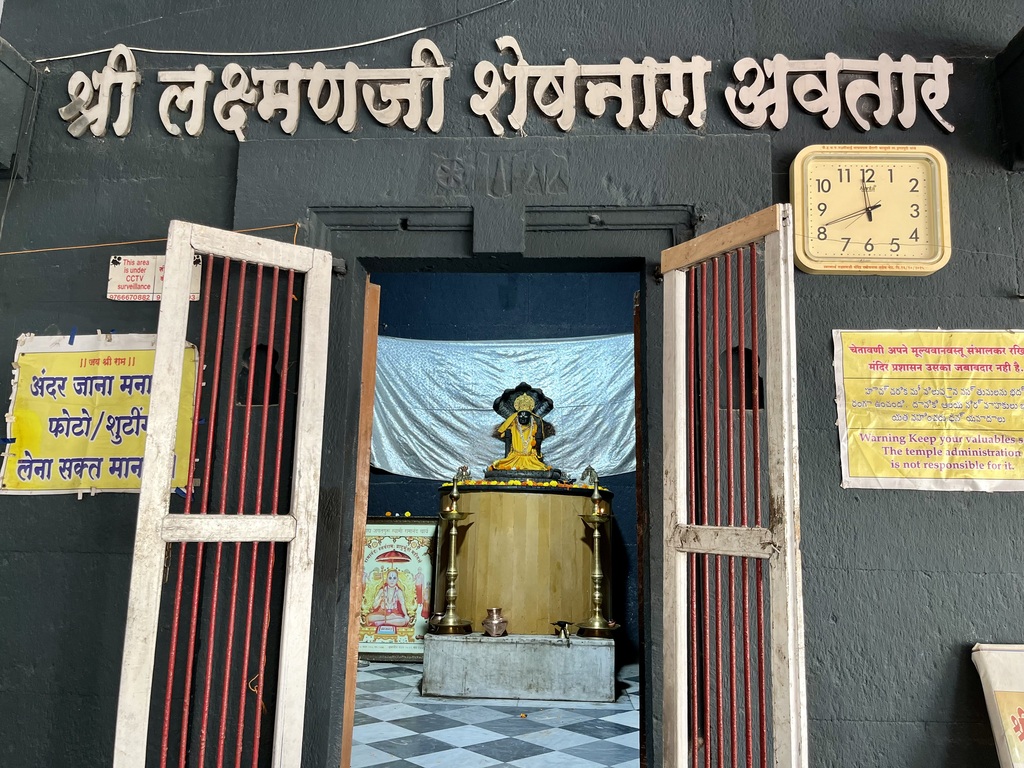
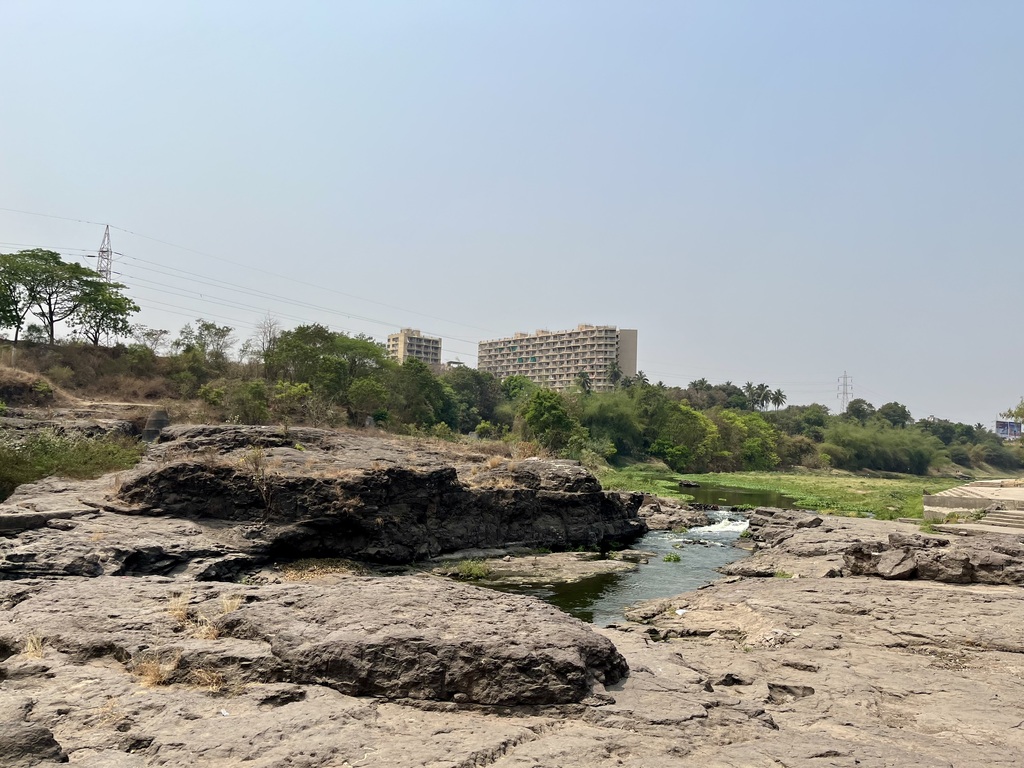
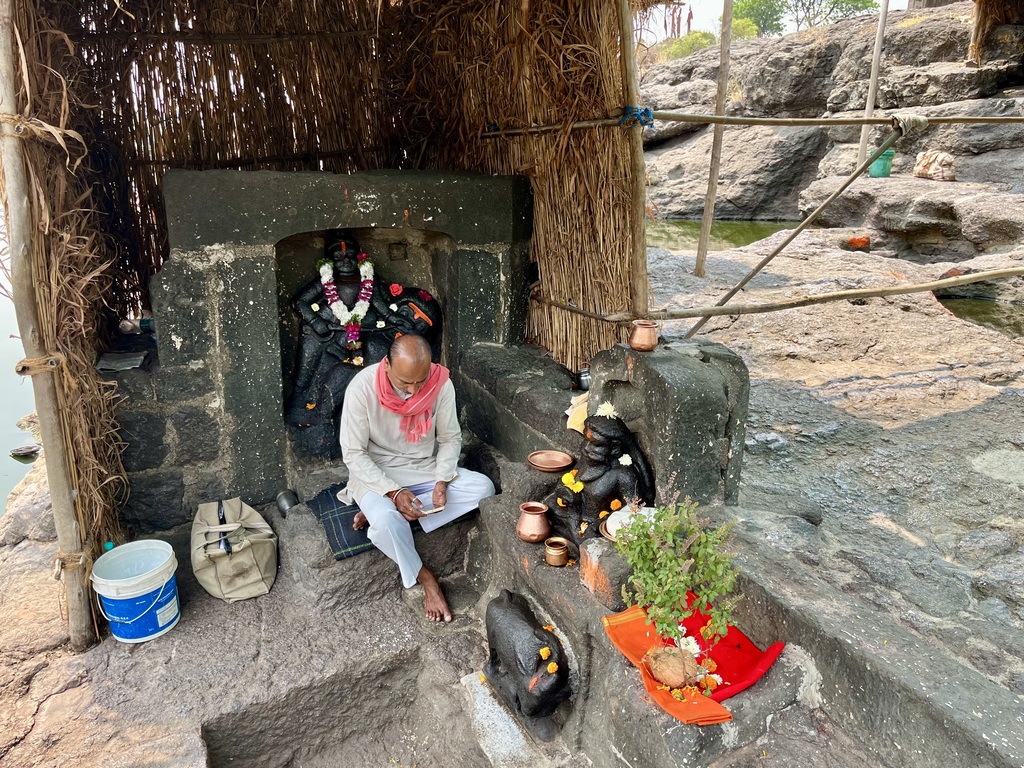
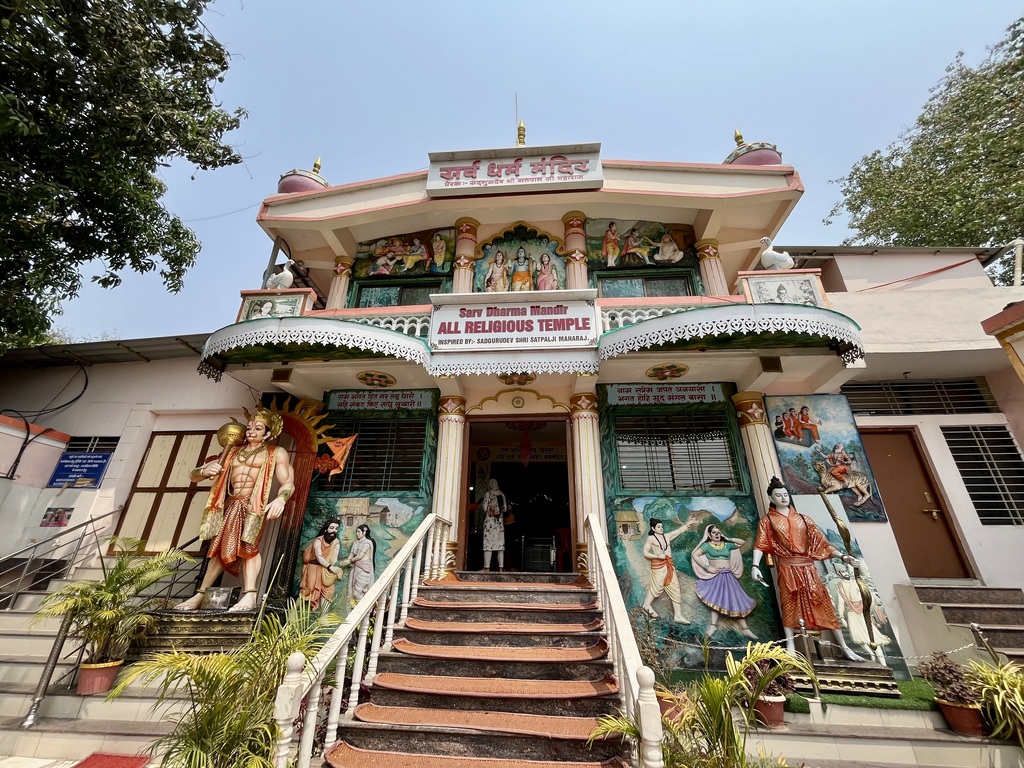
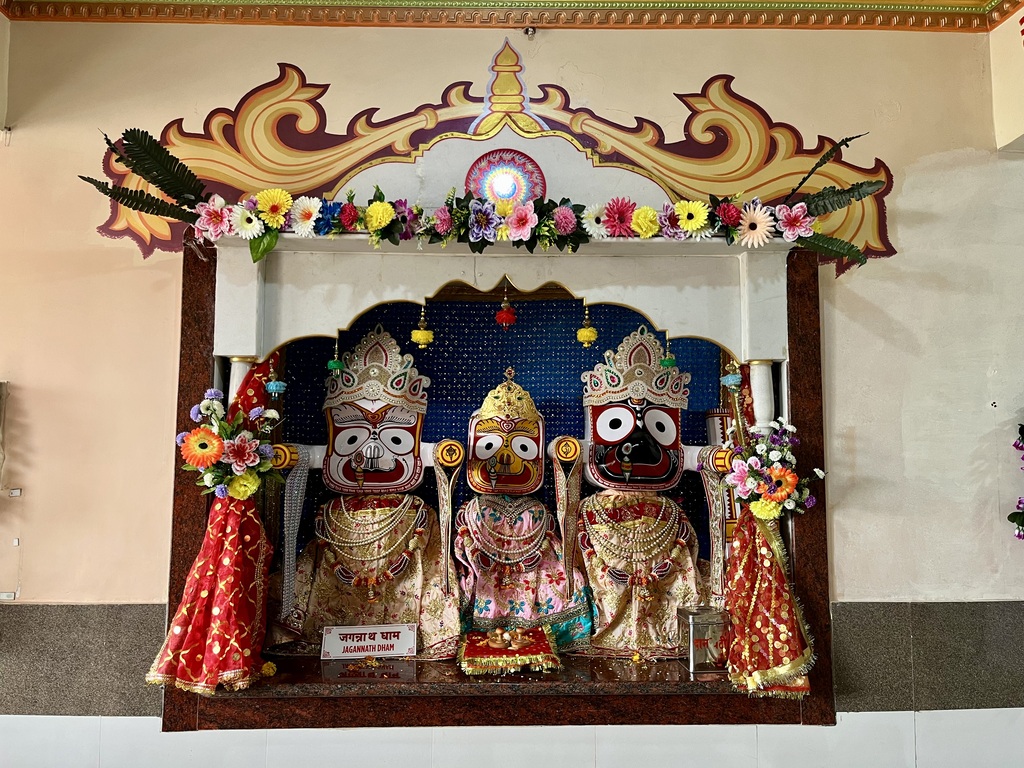
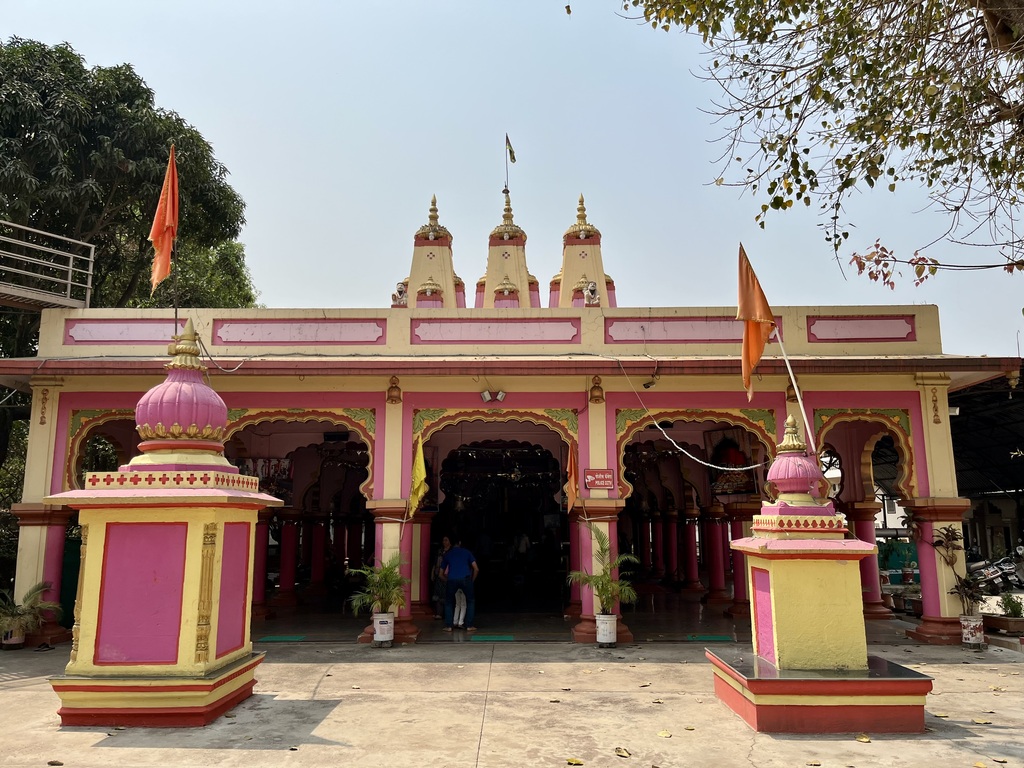
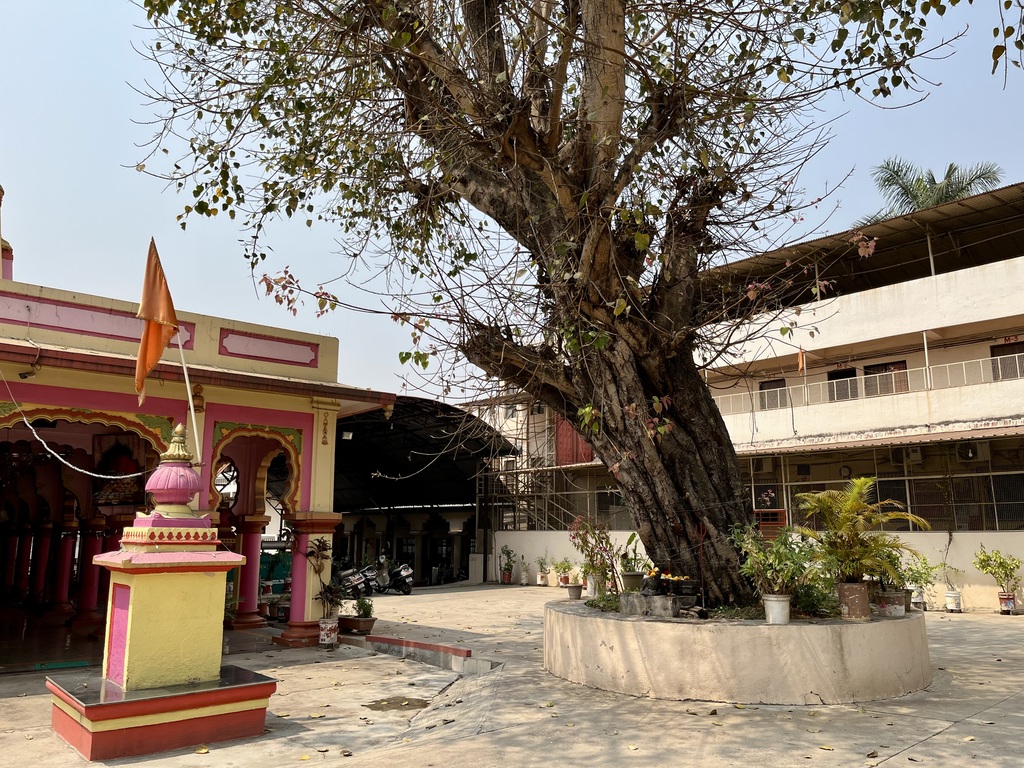
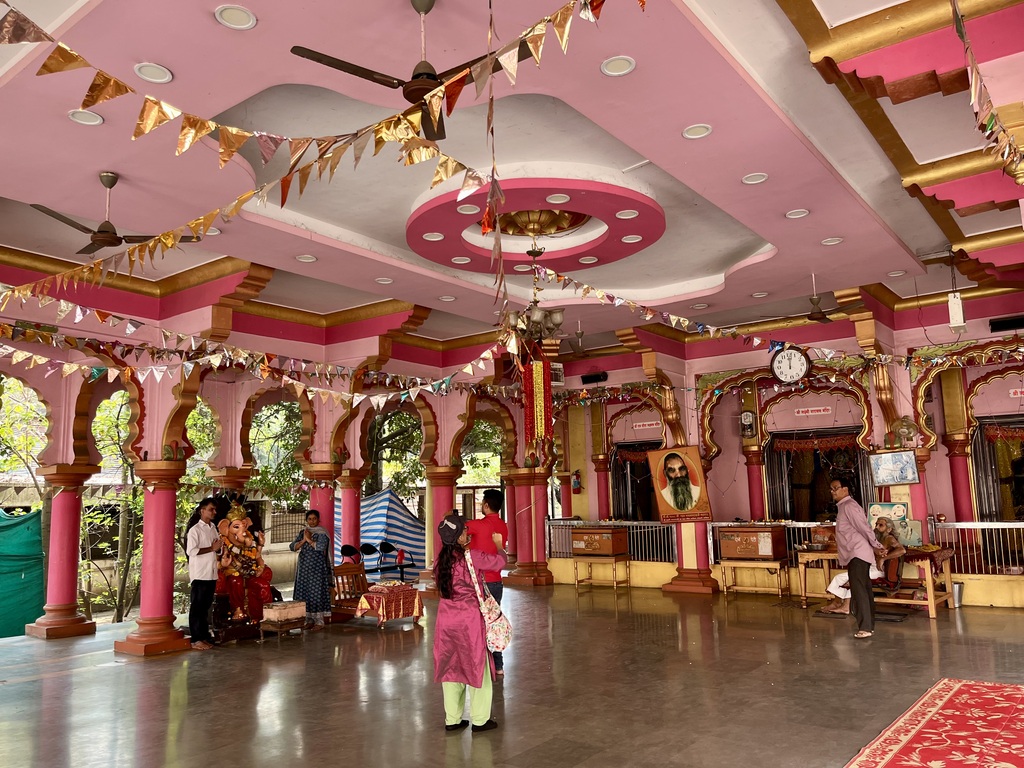
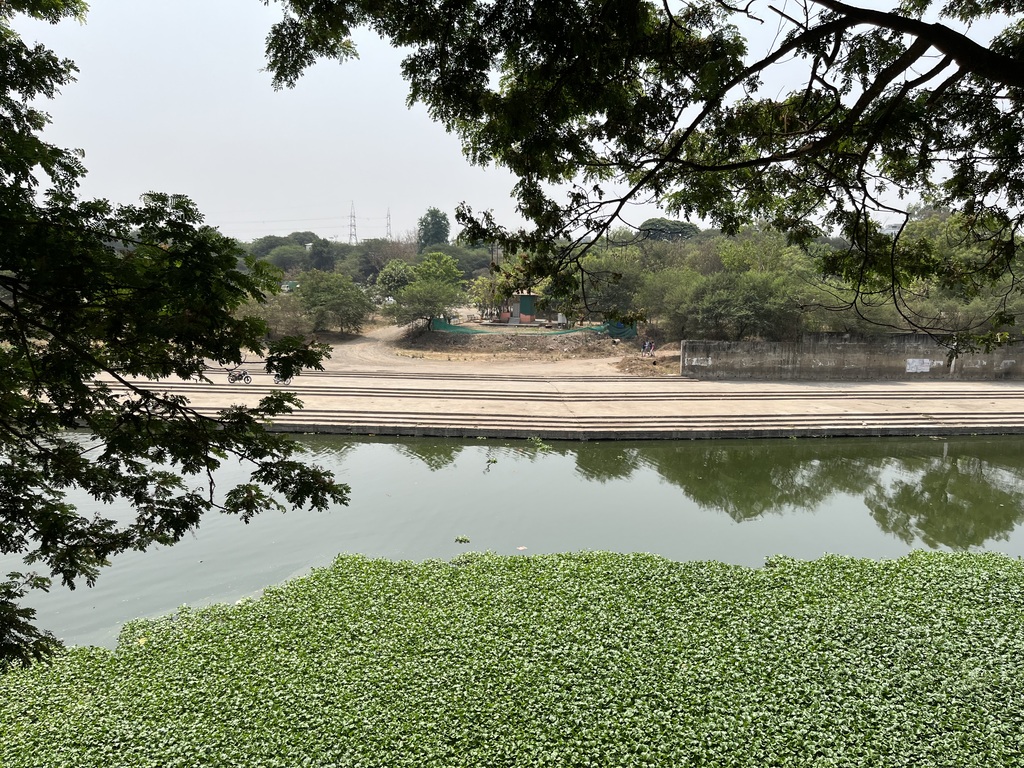

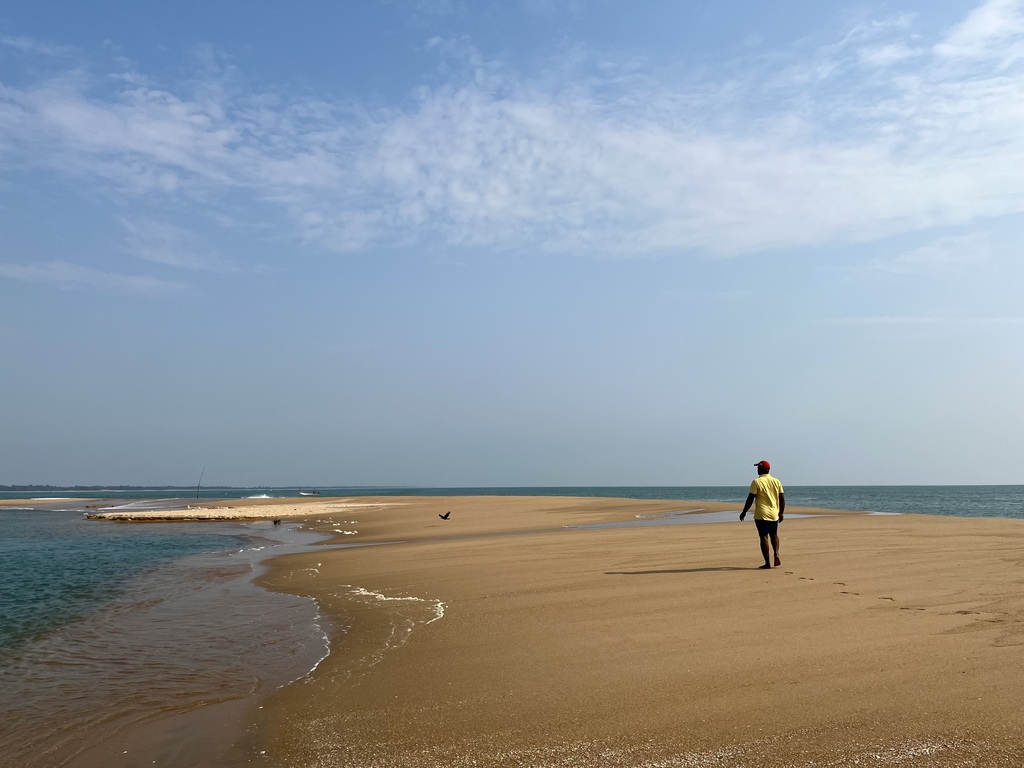





















































































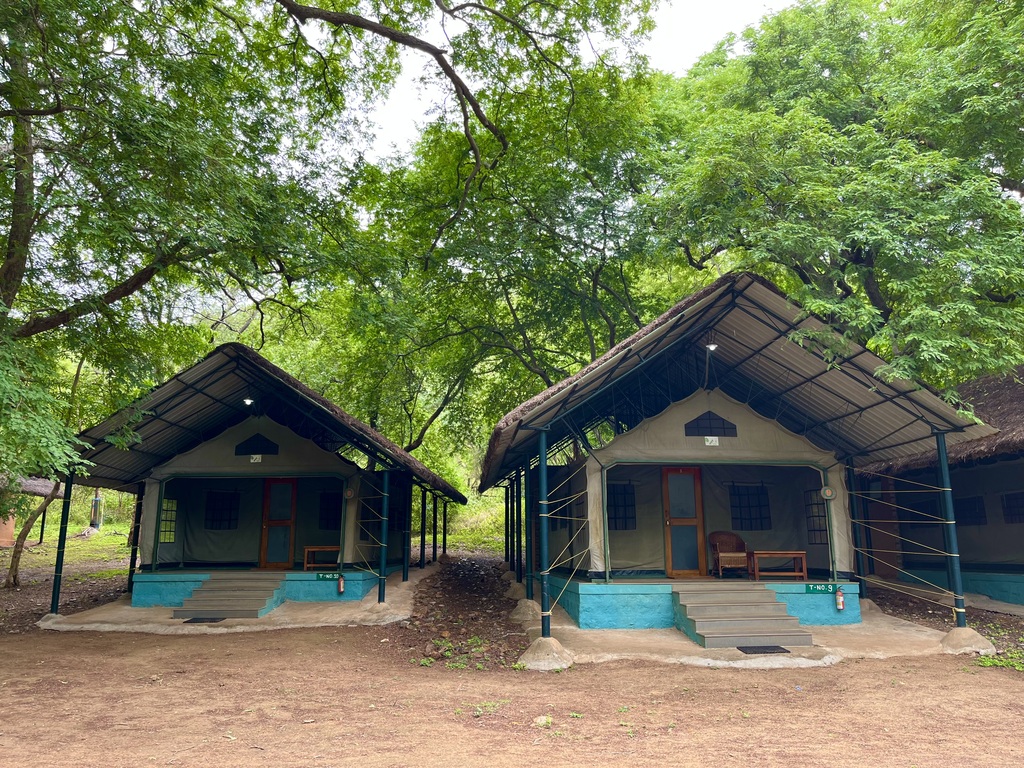

All Comments
No Comments Available